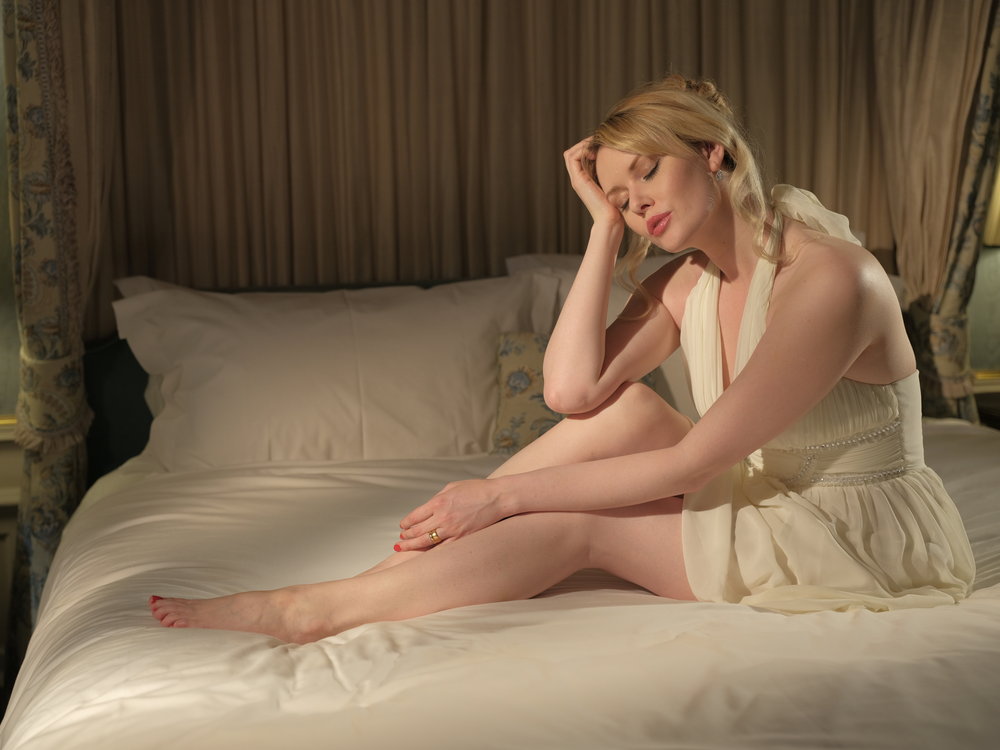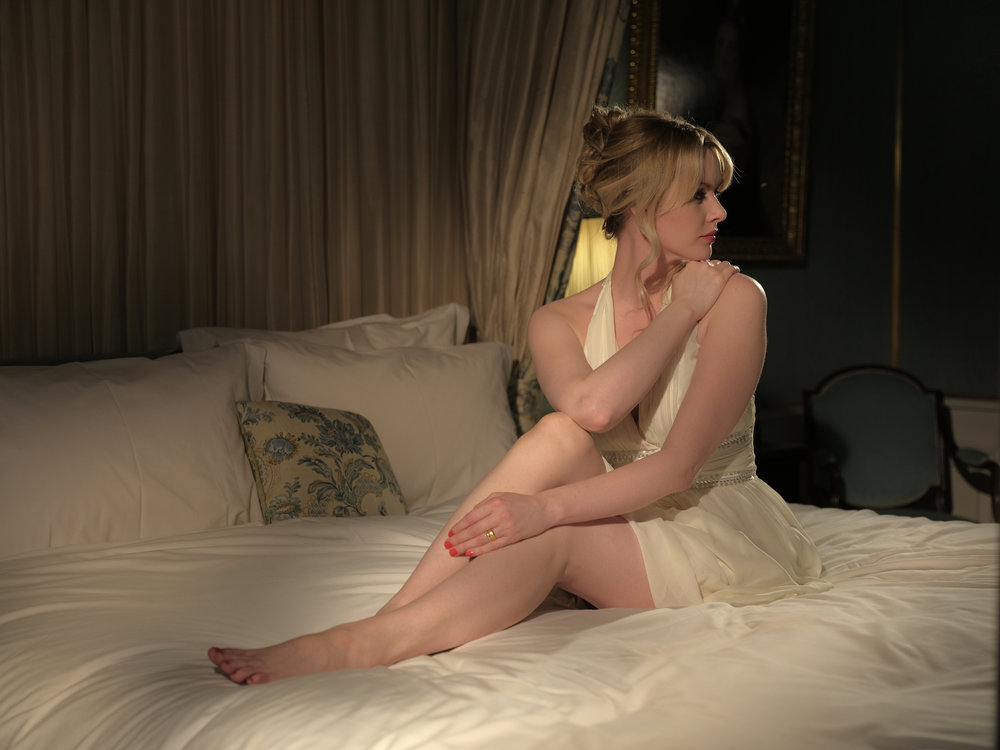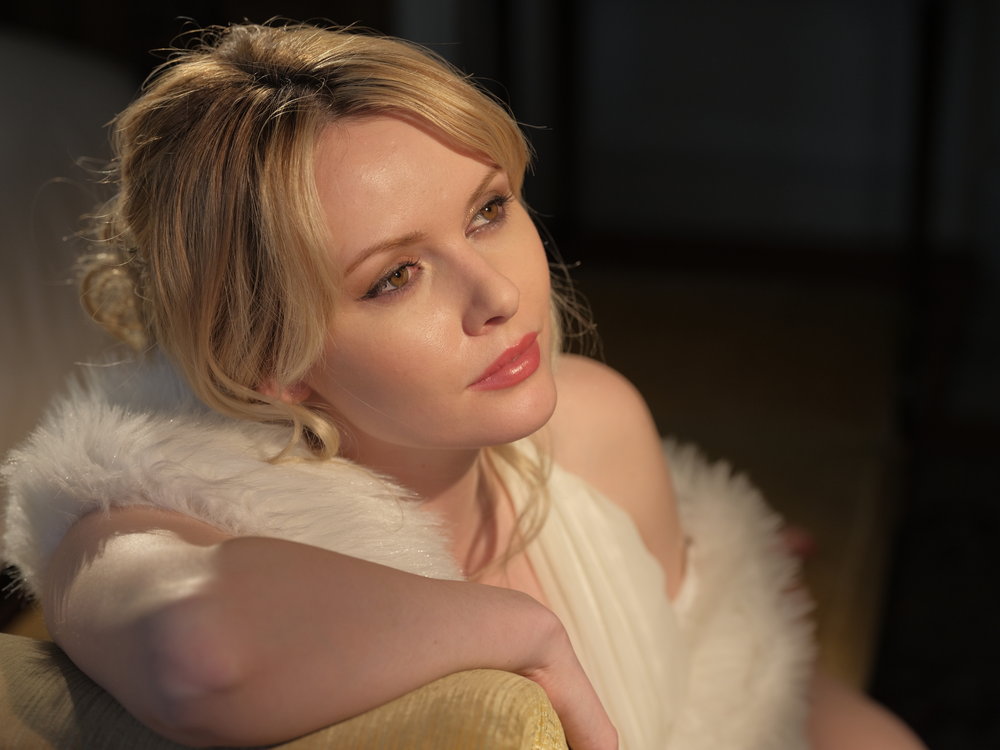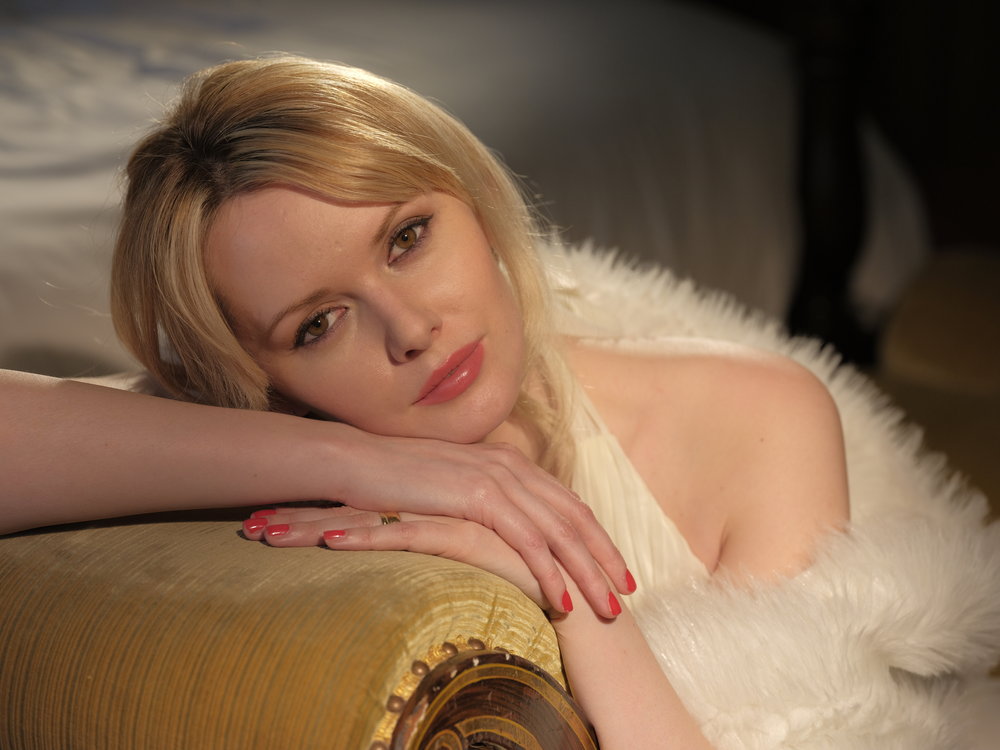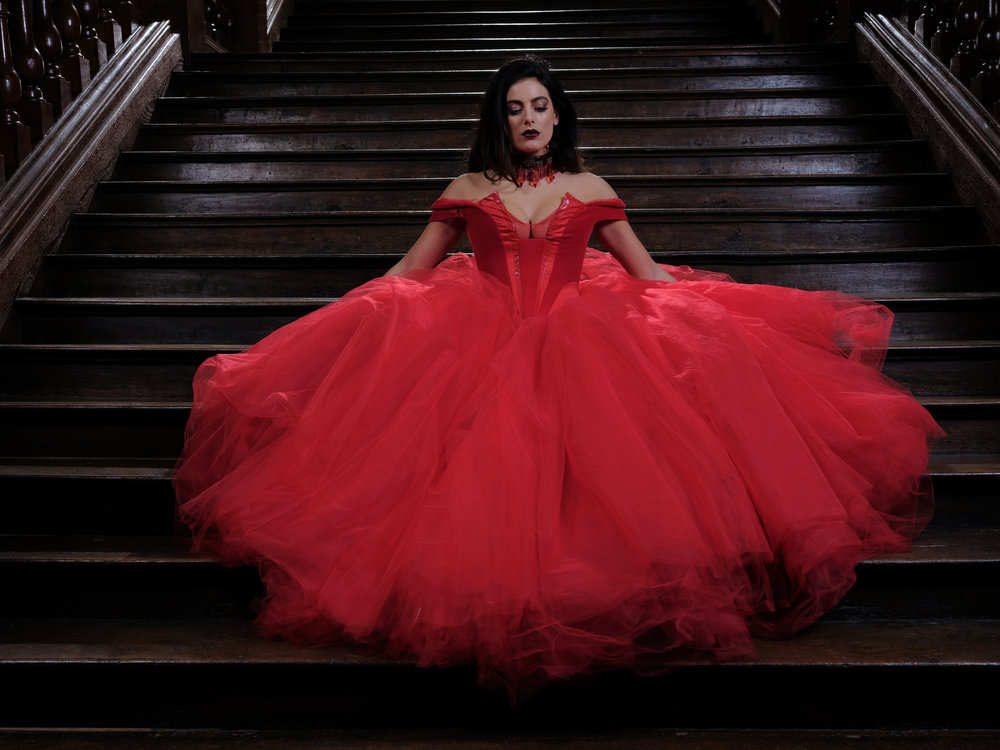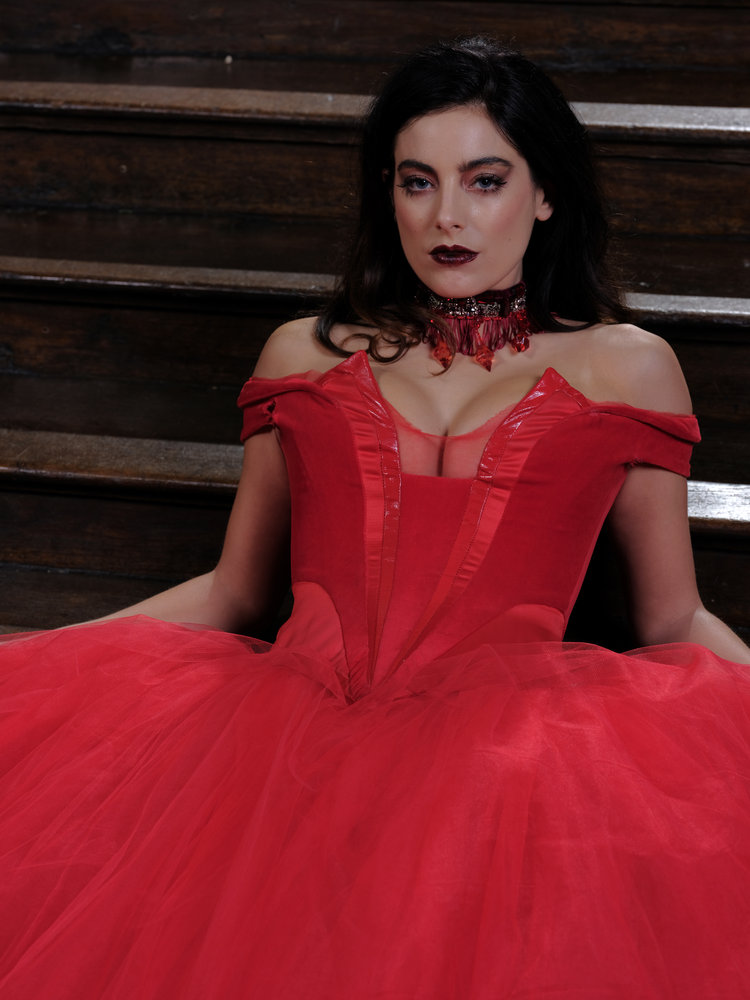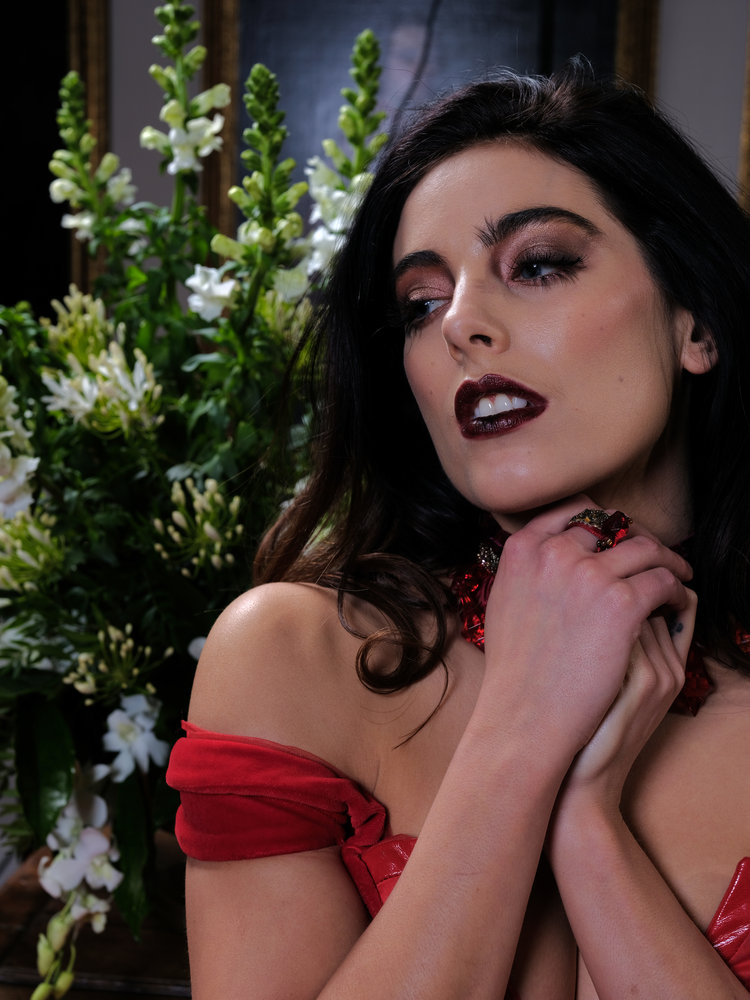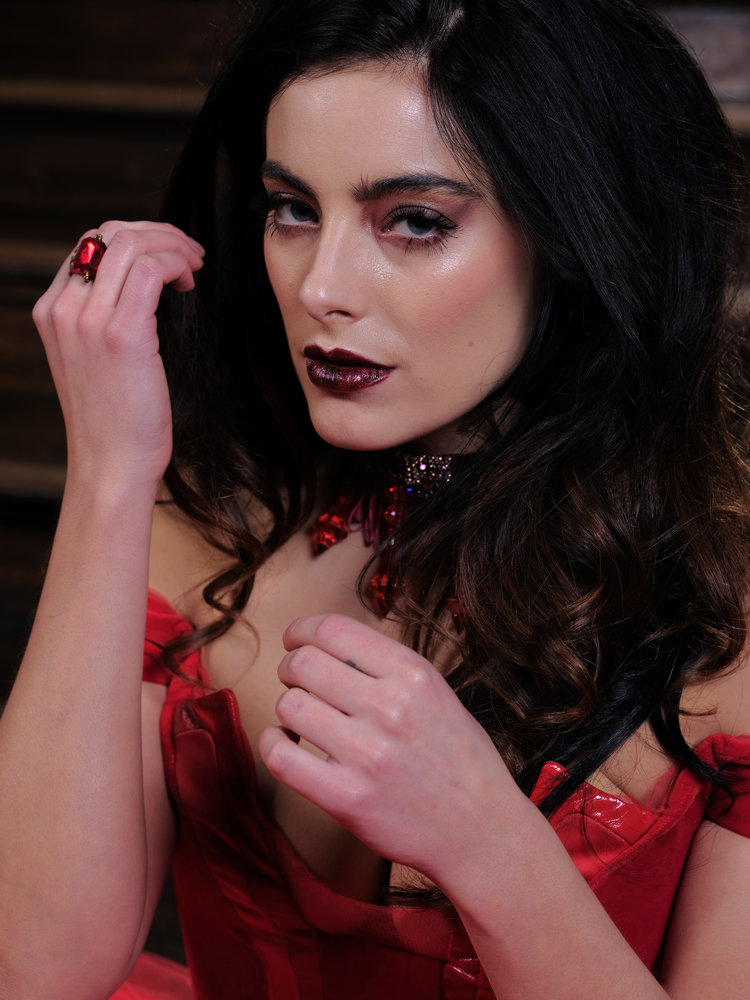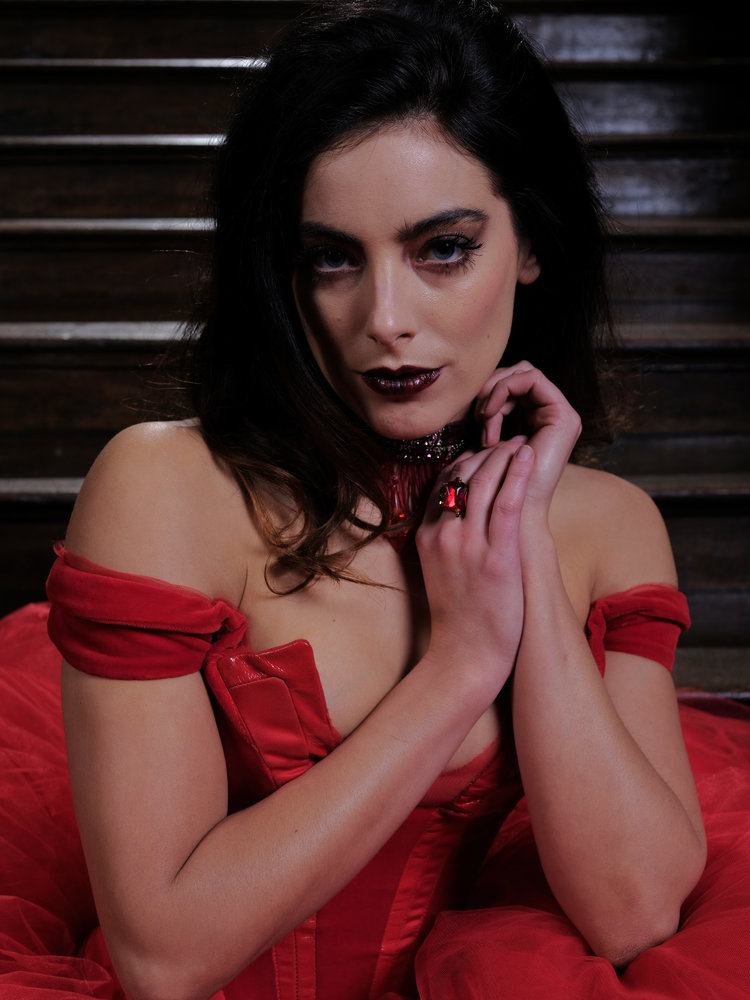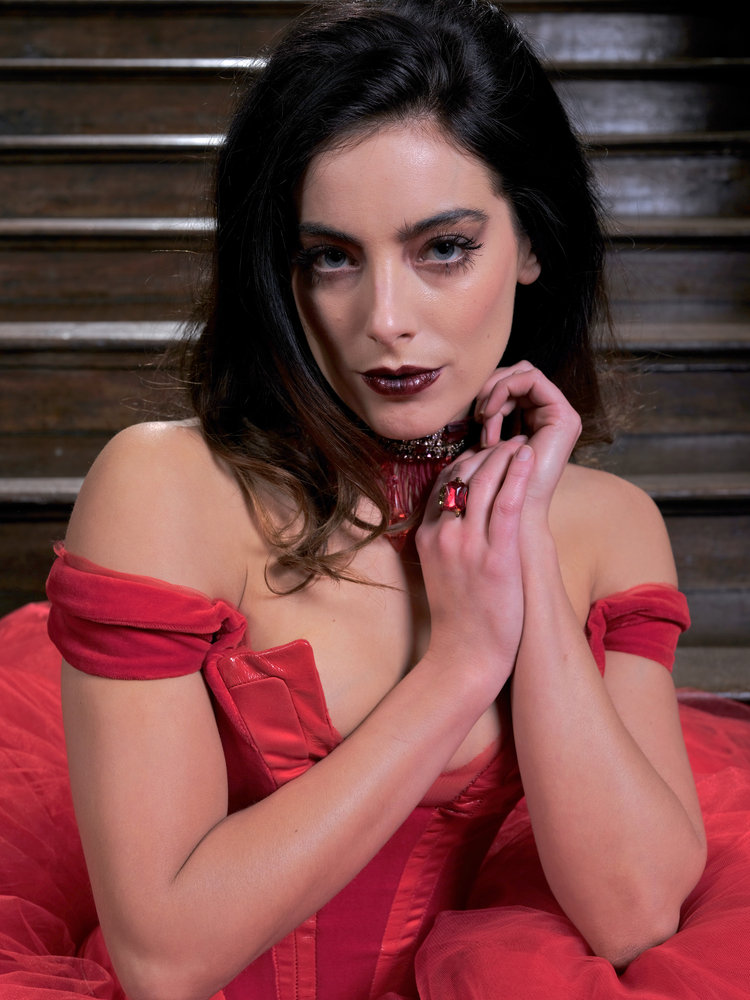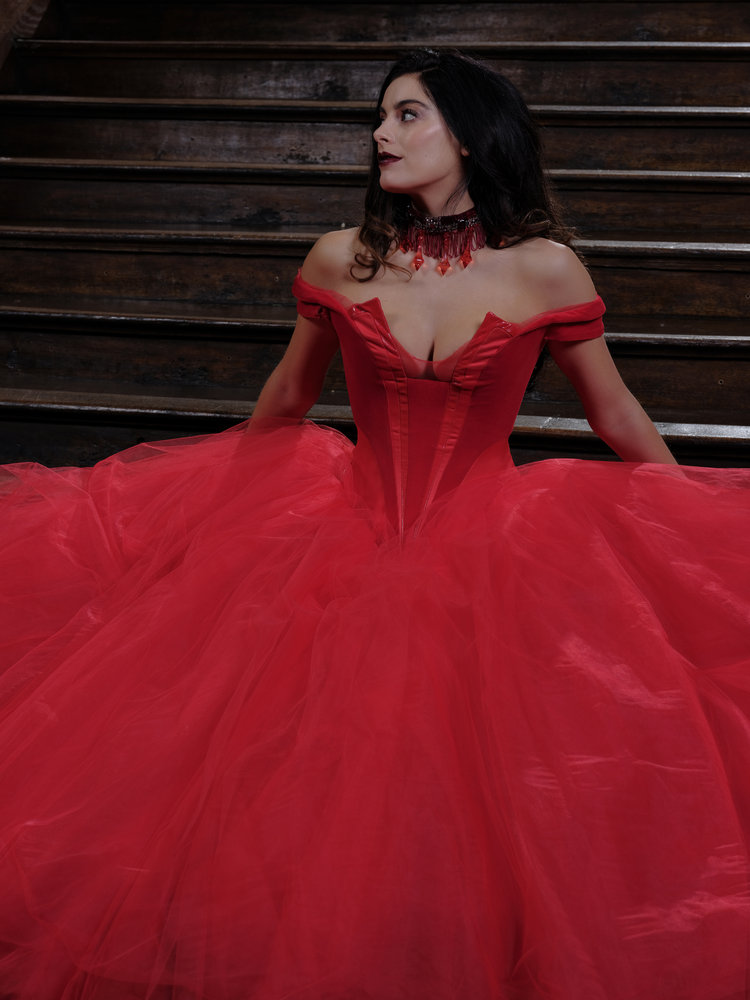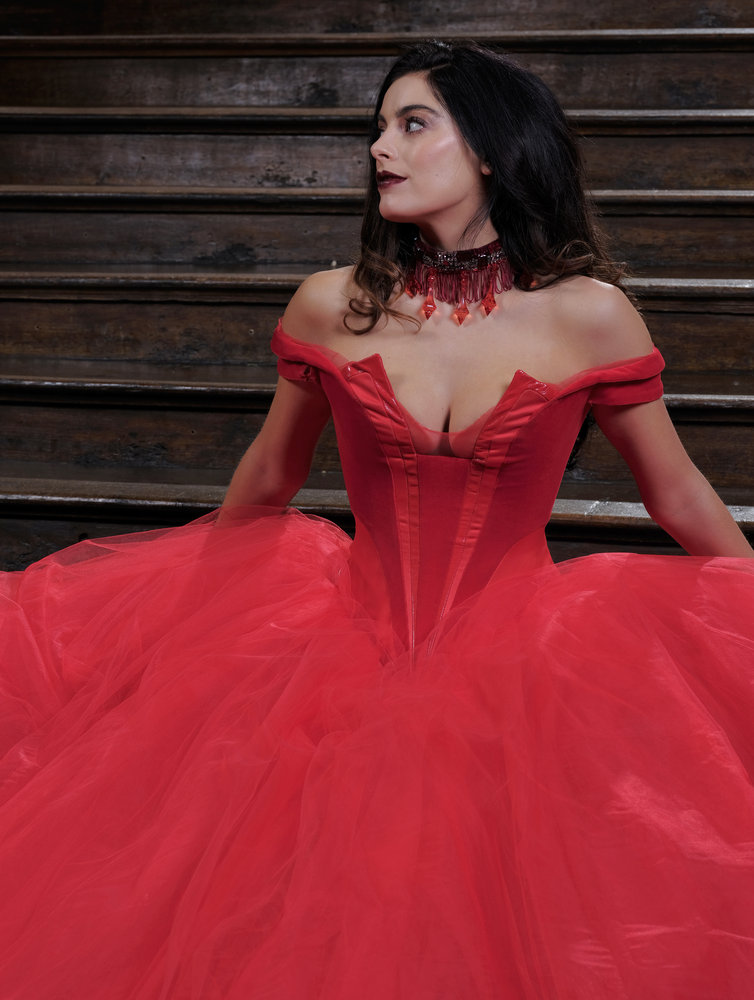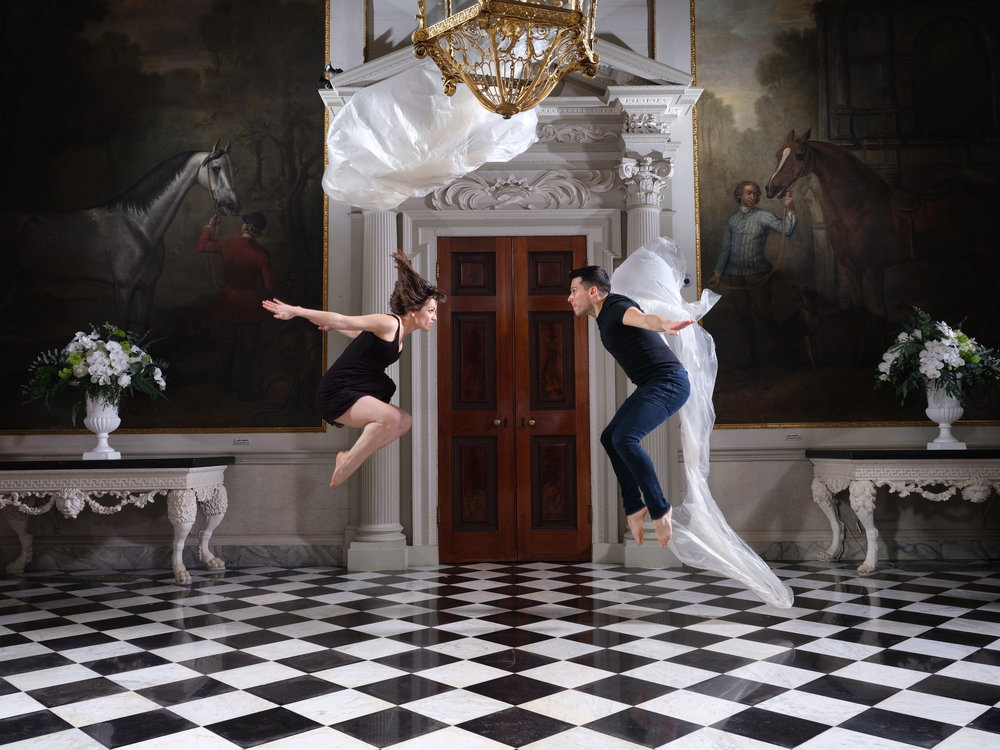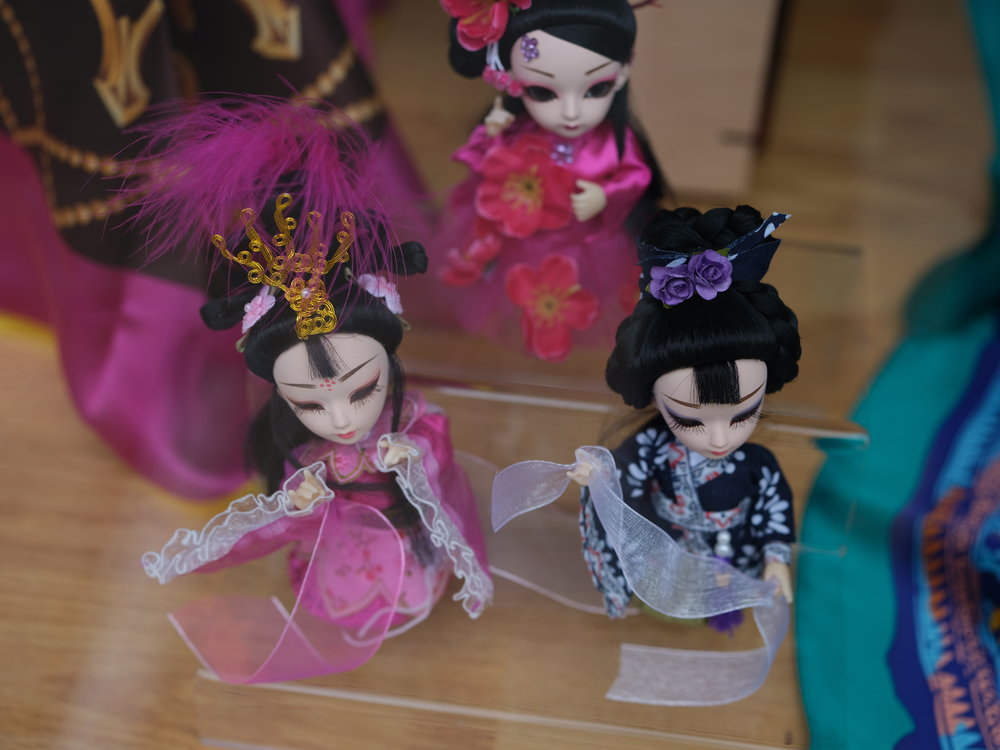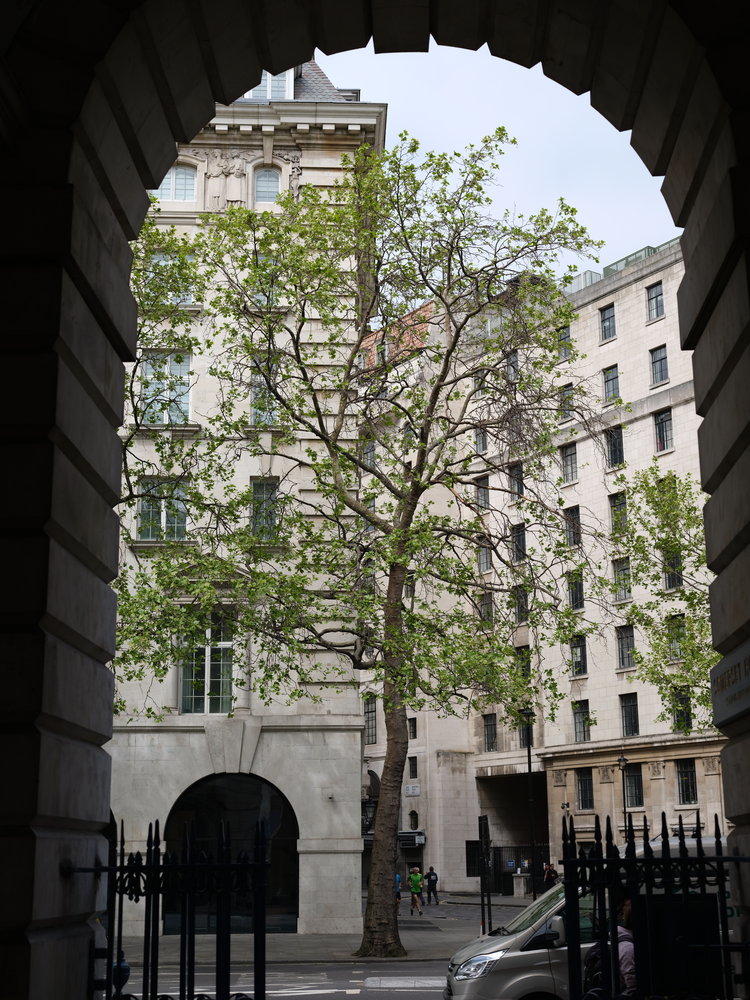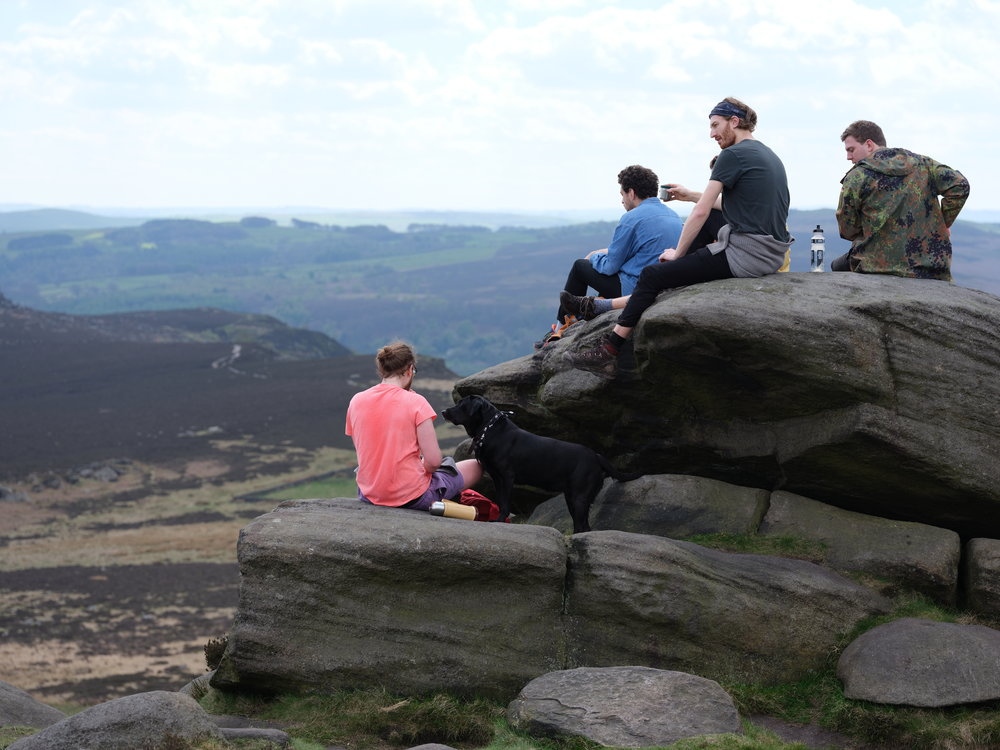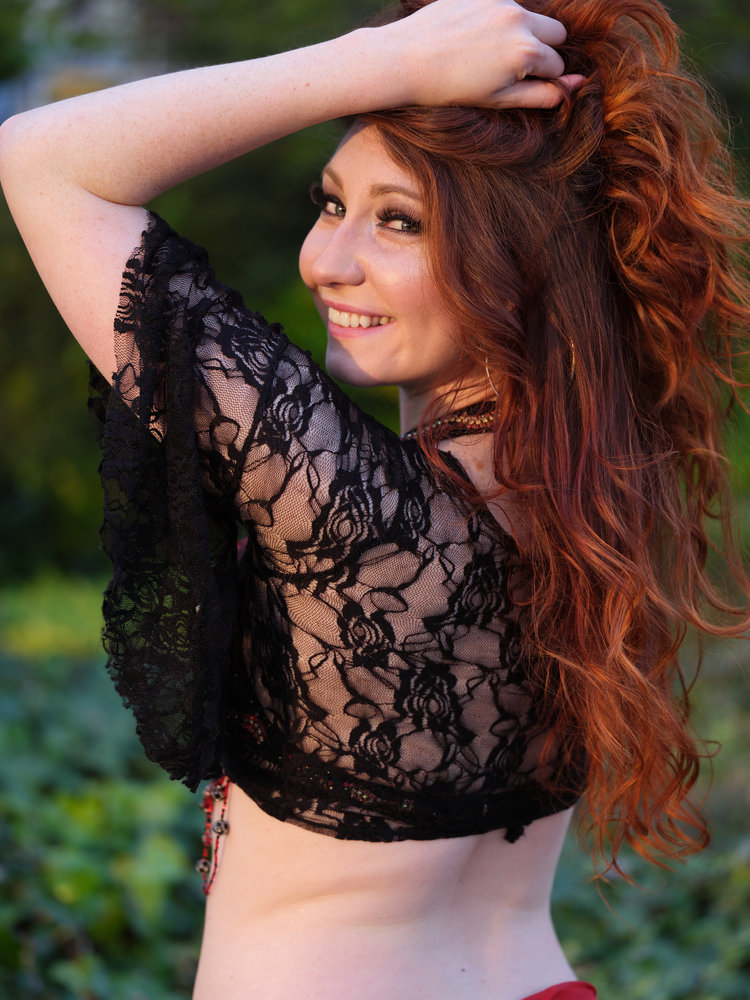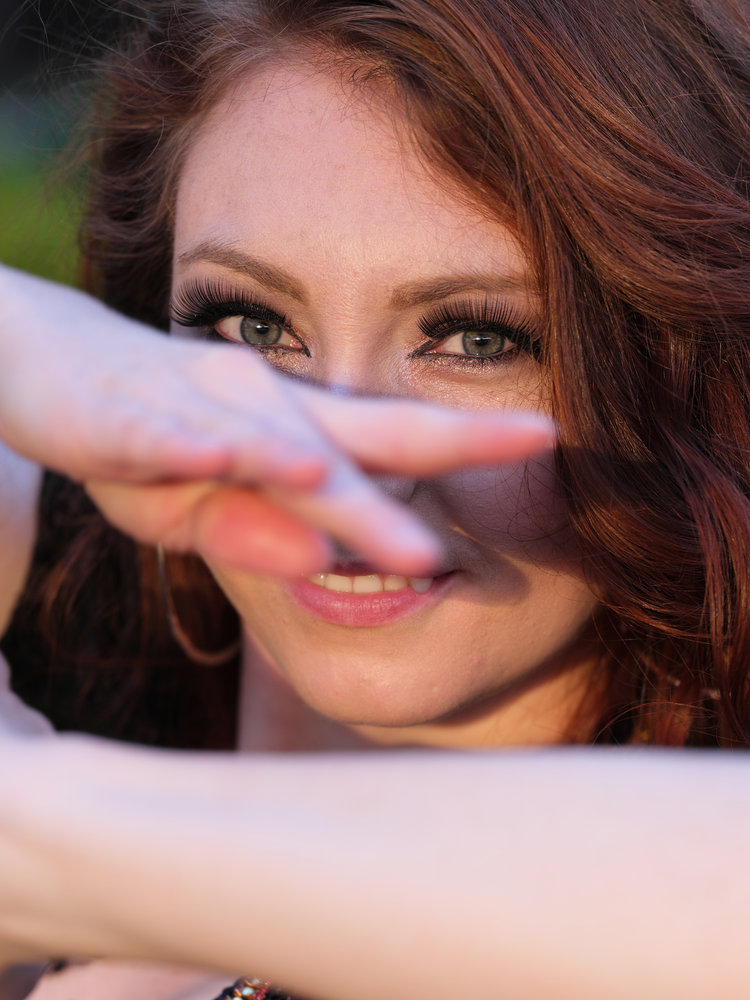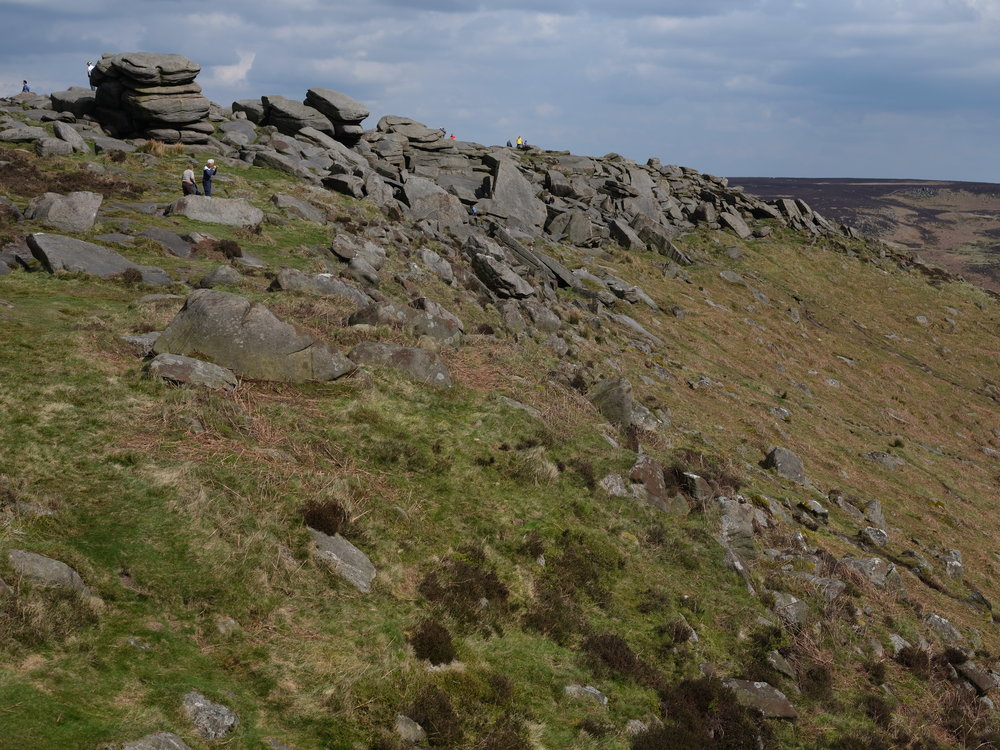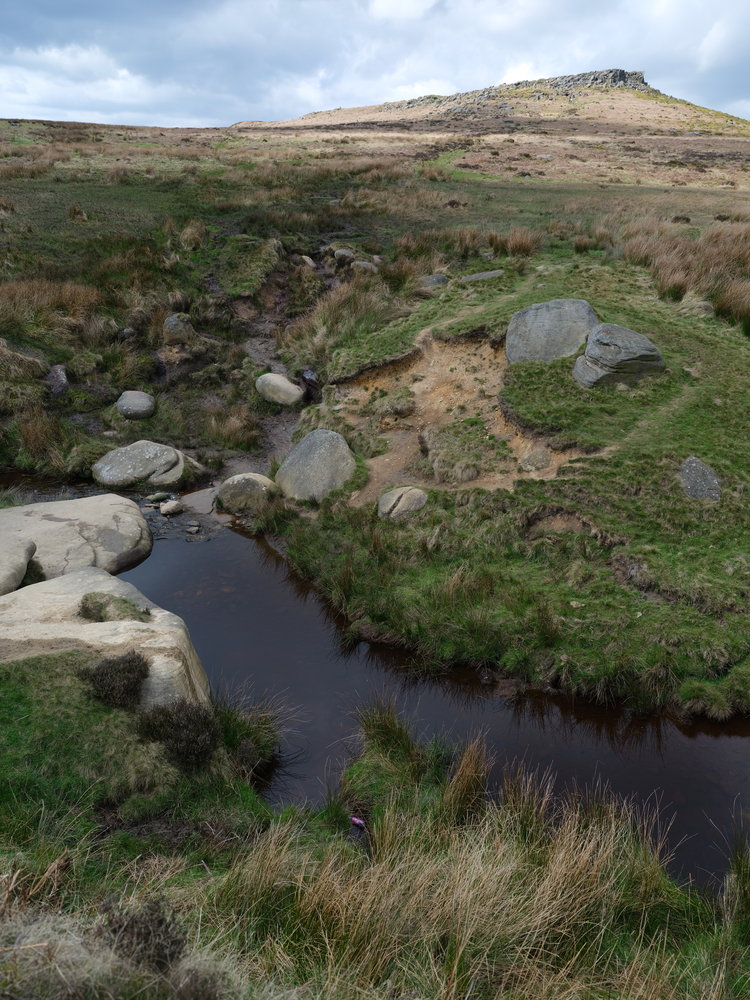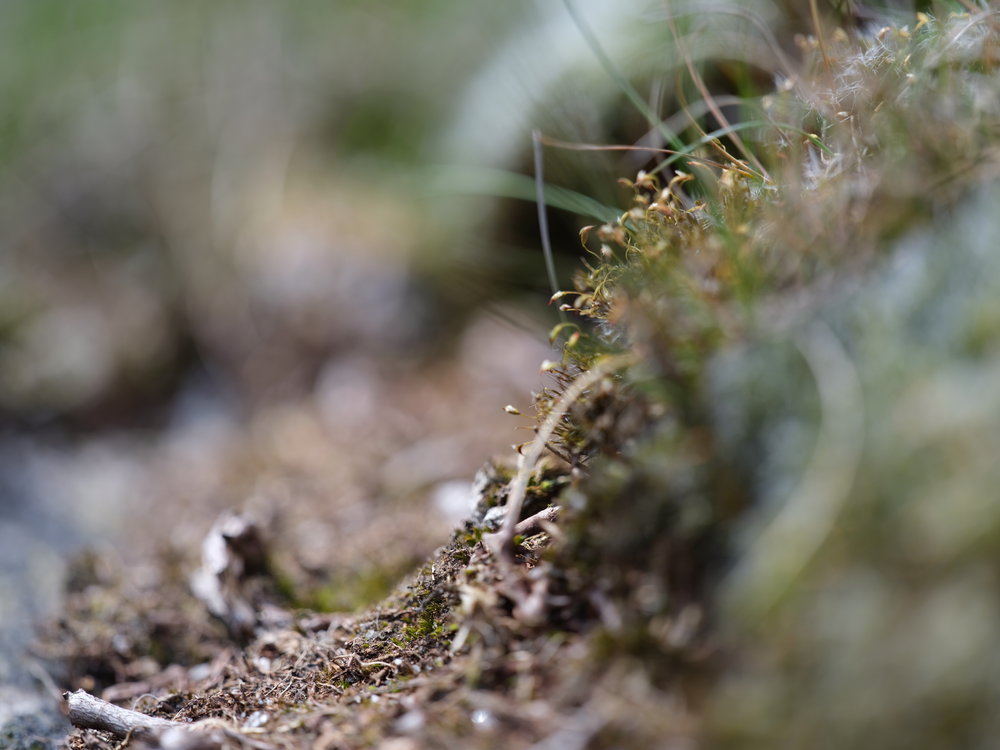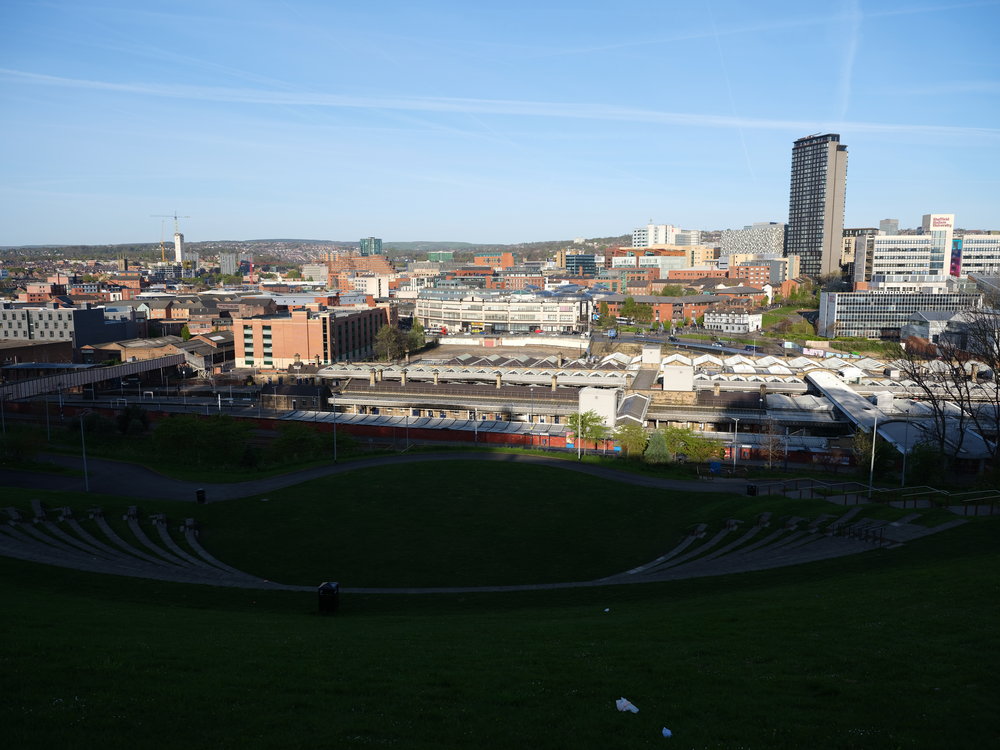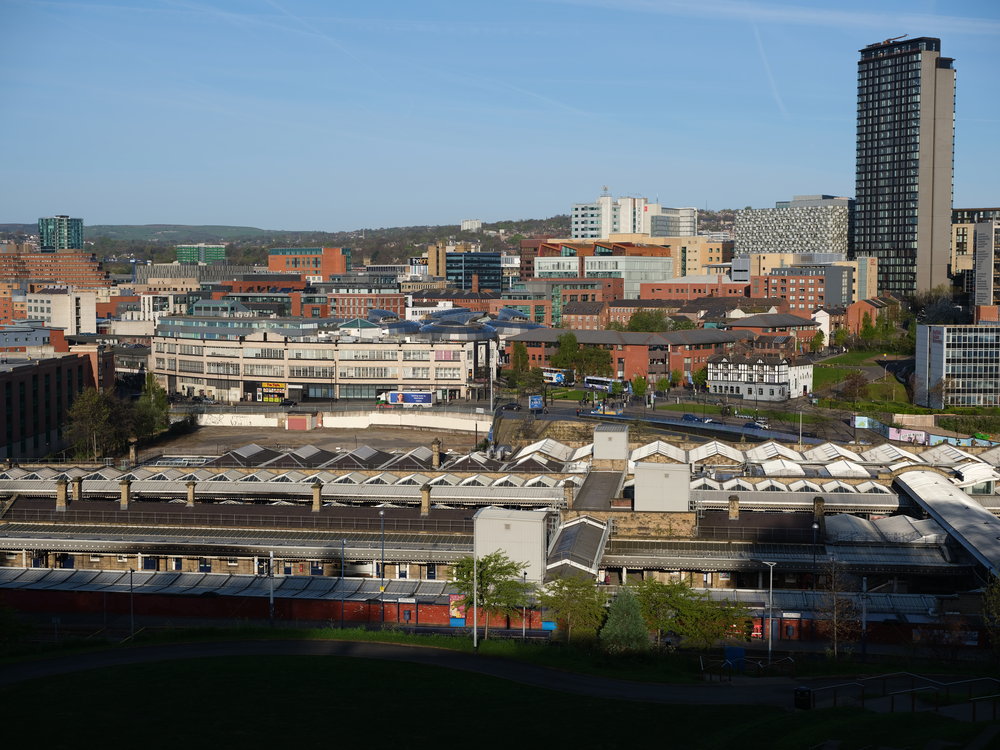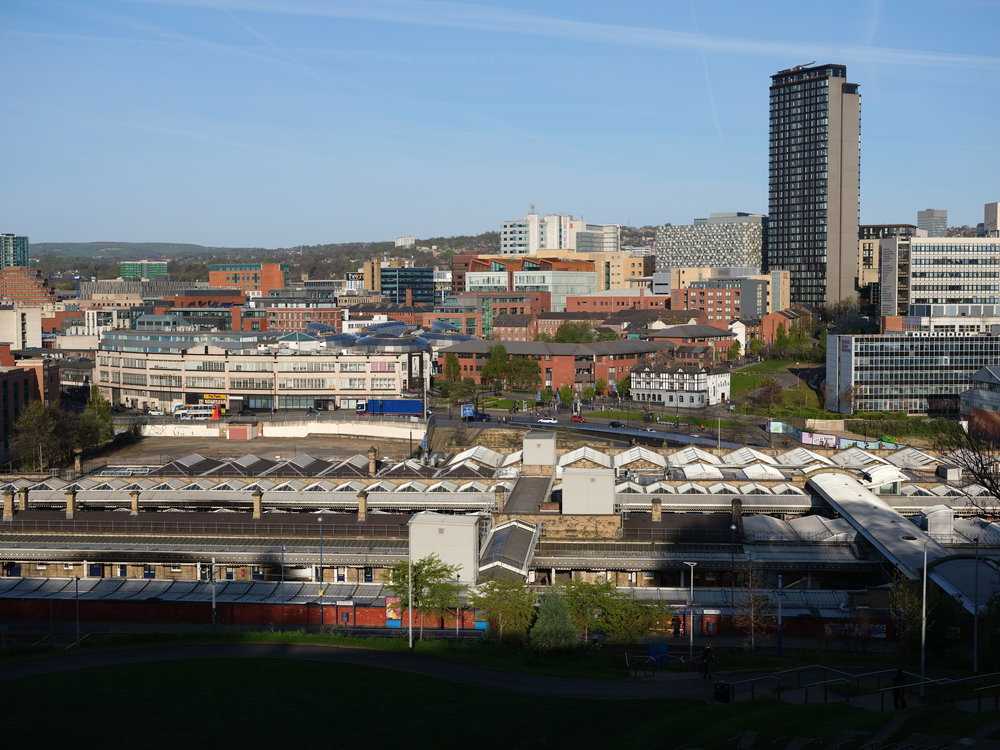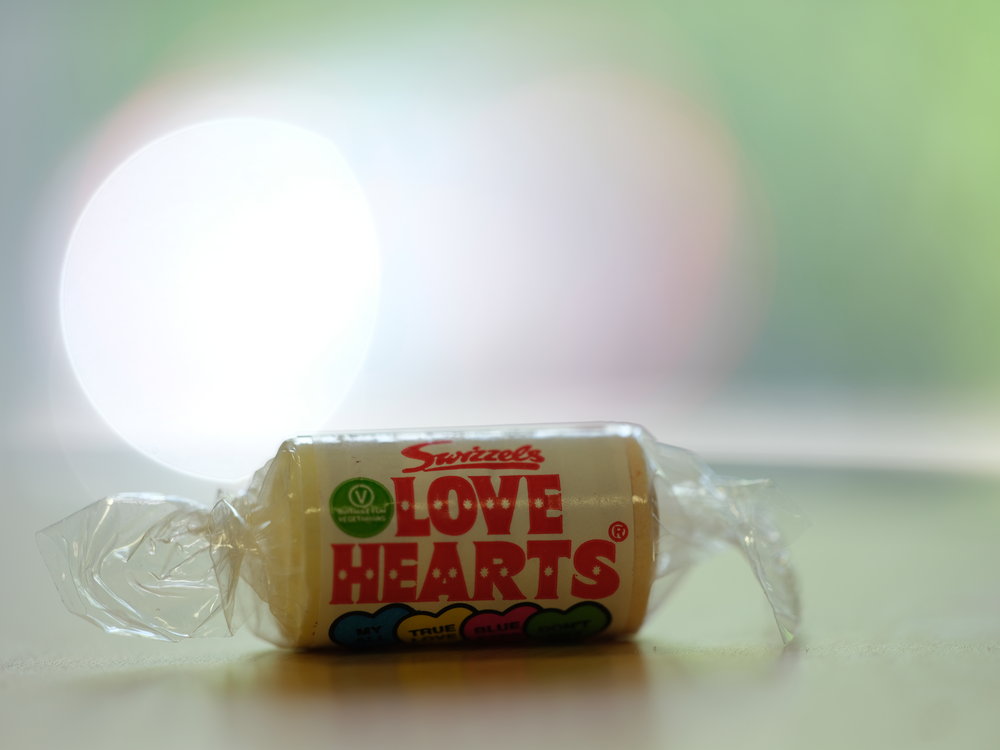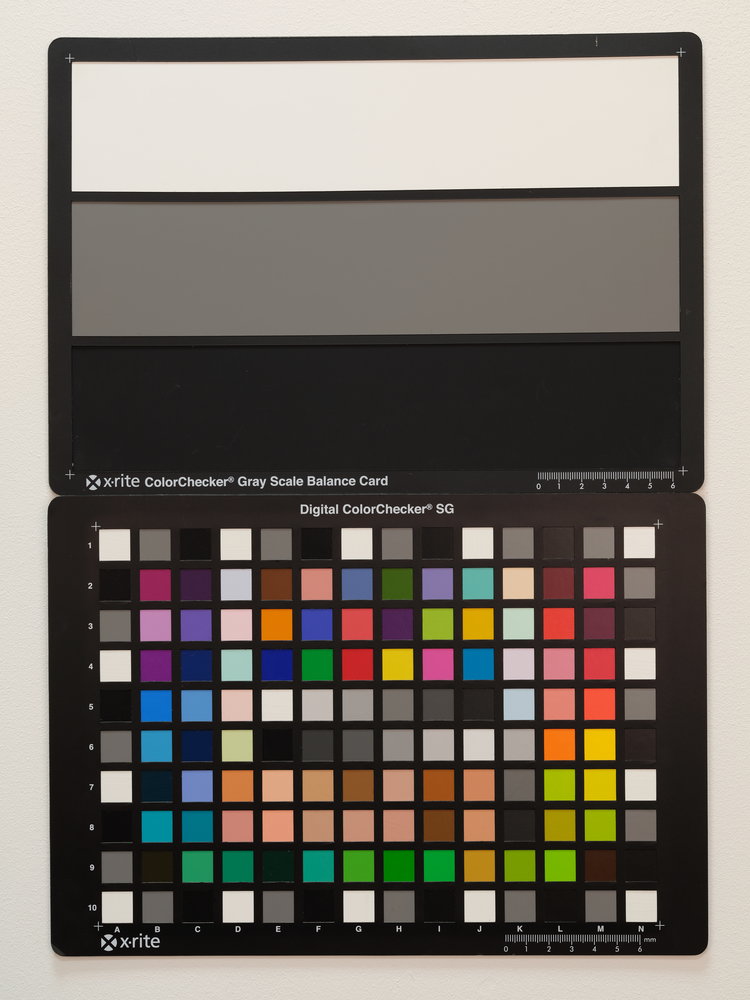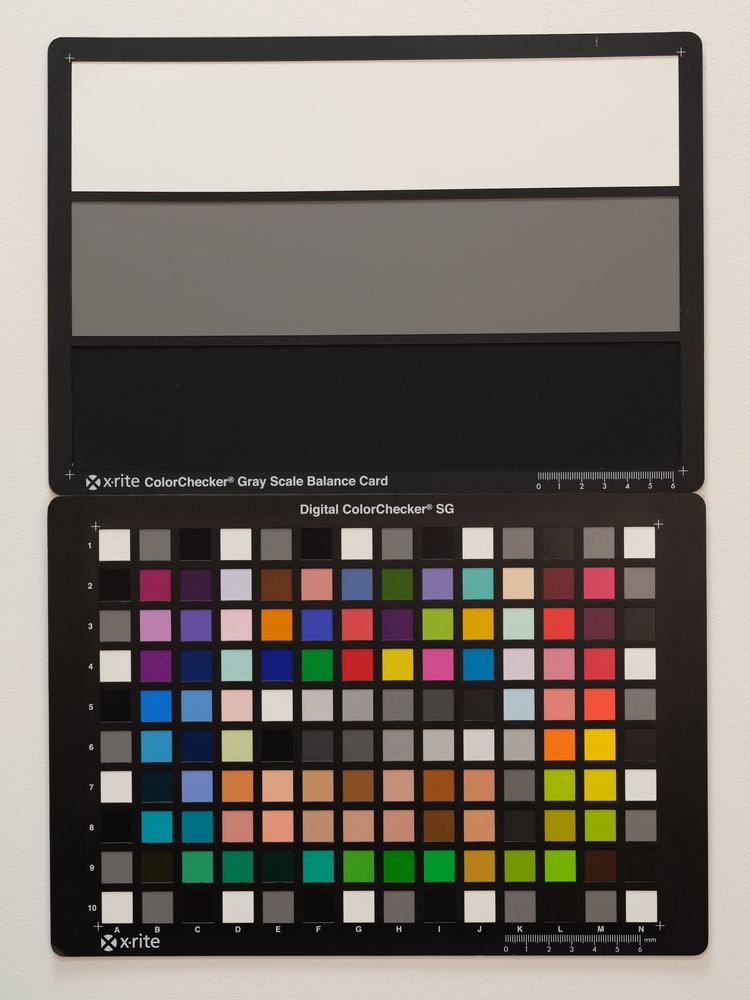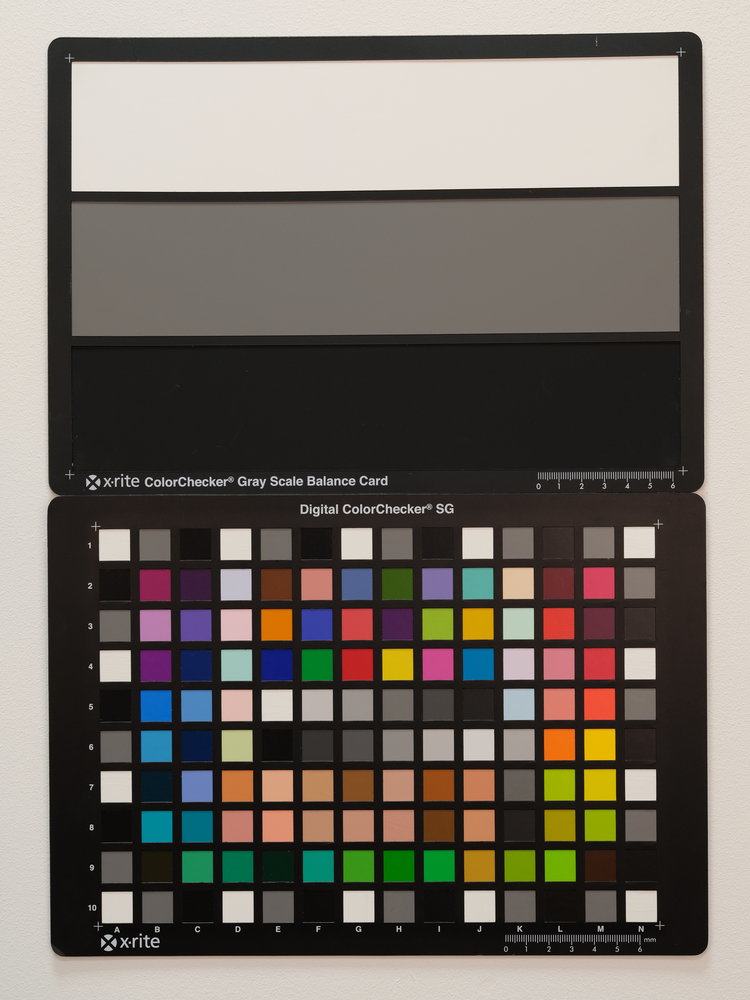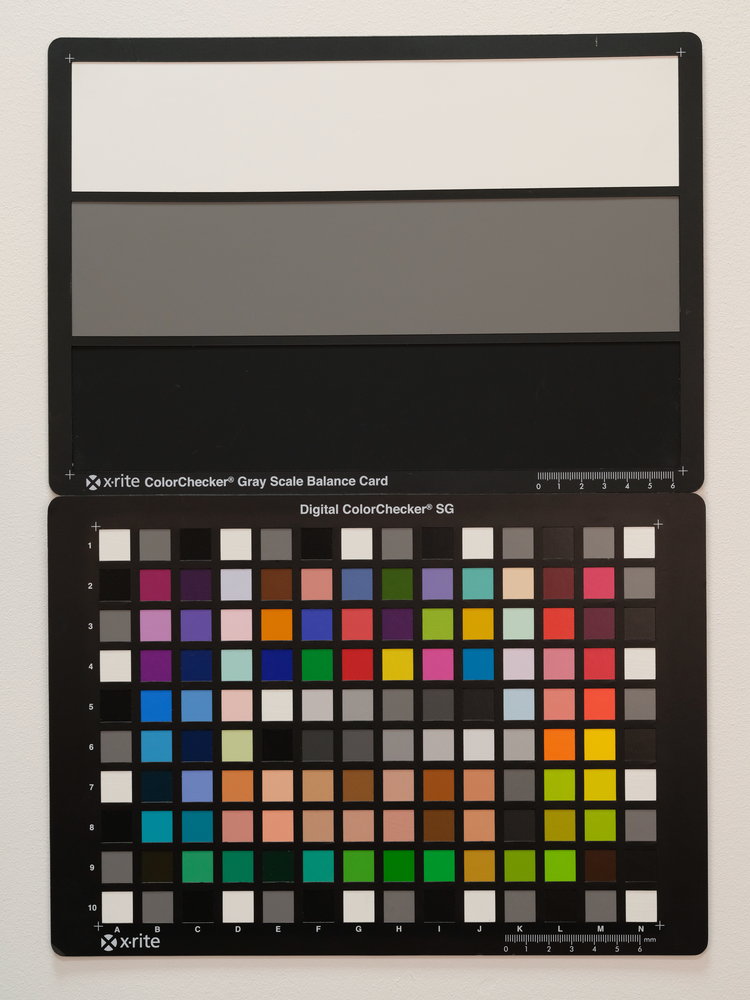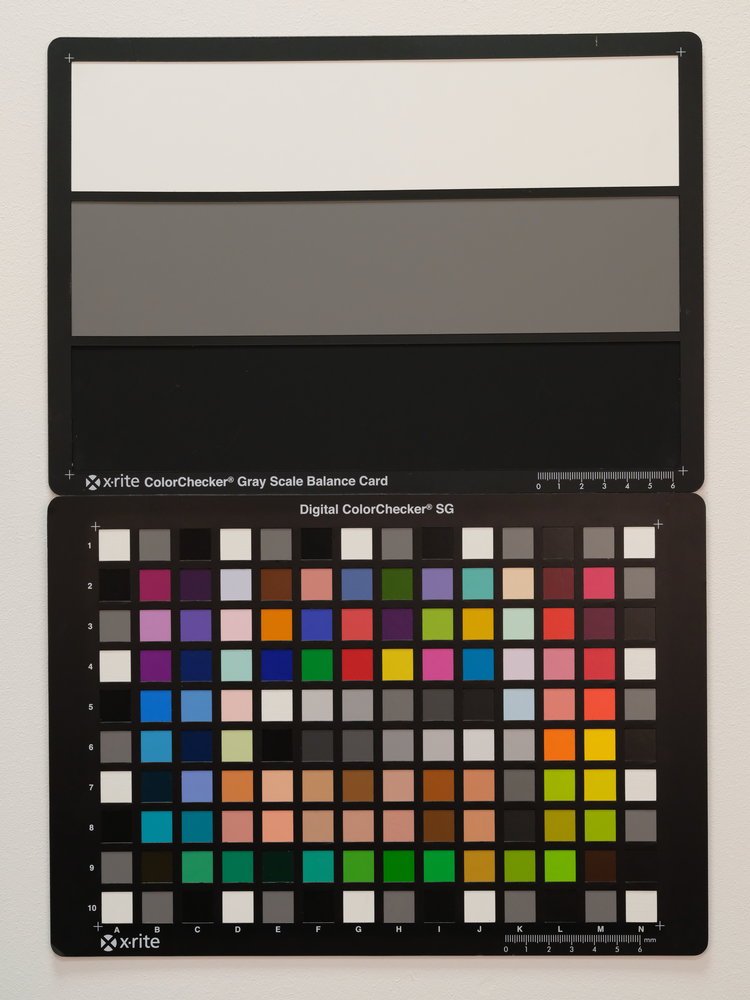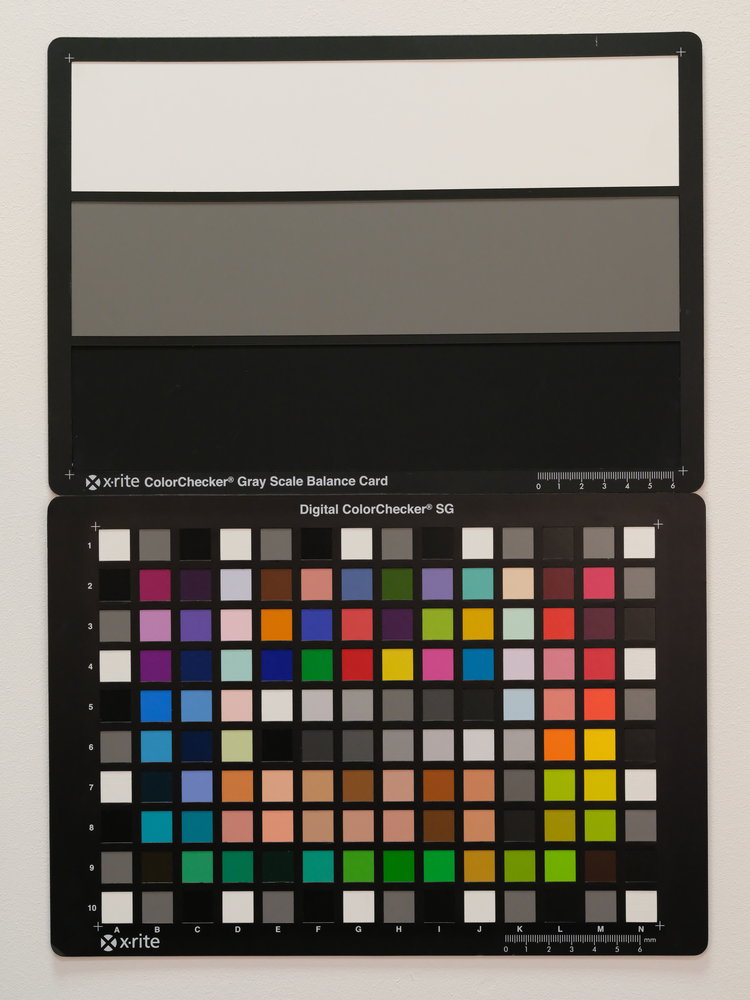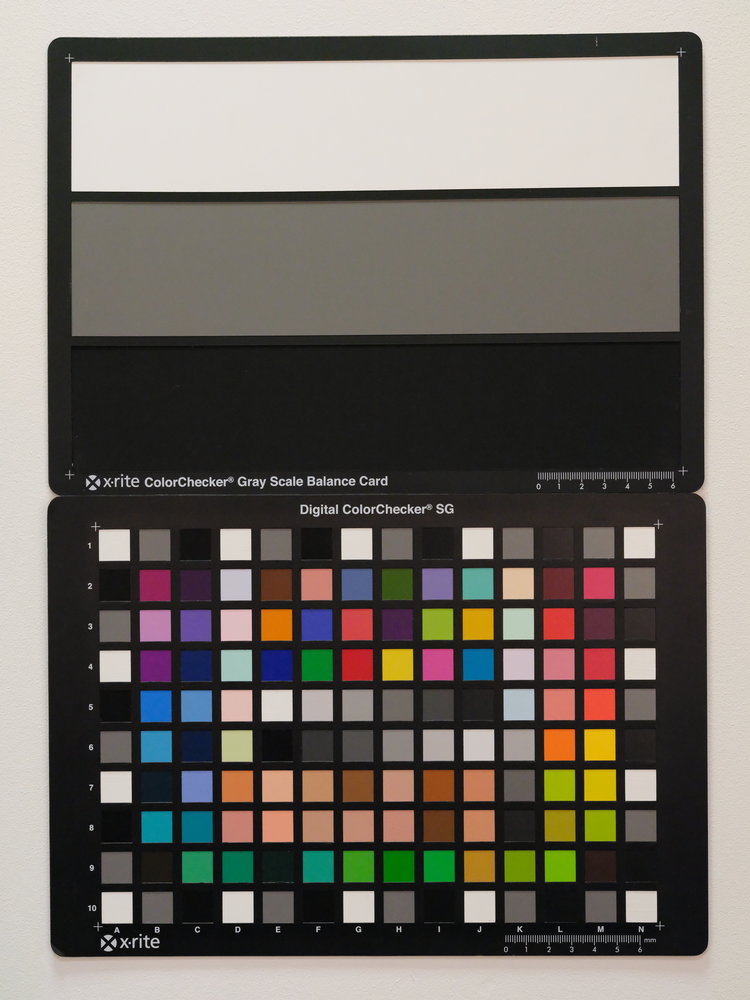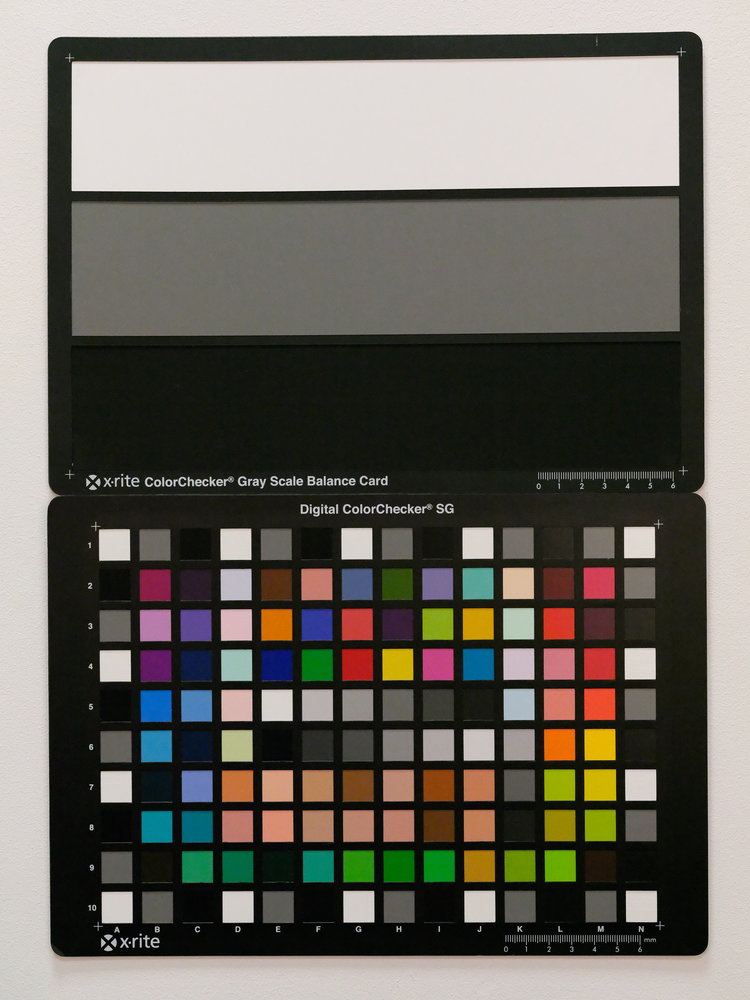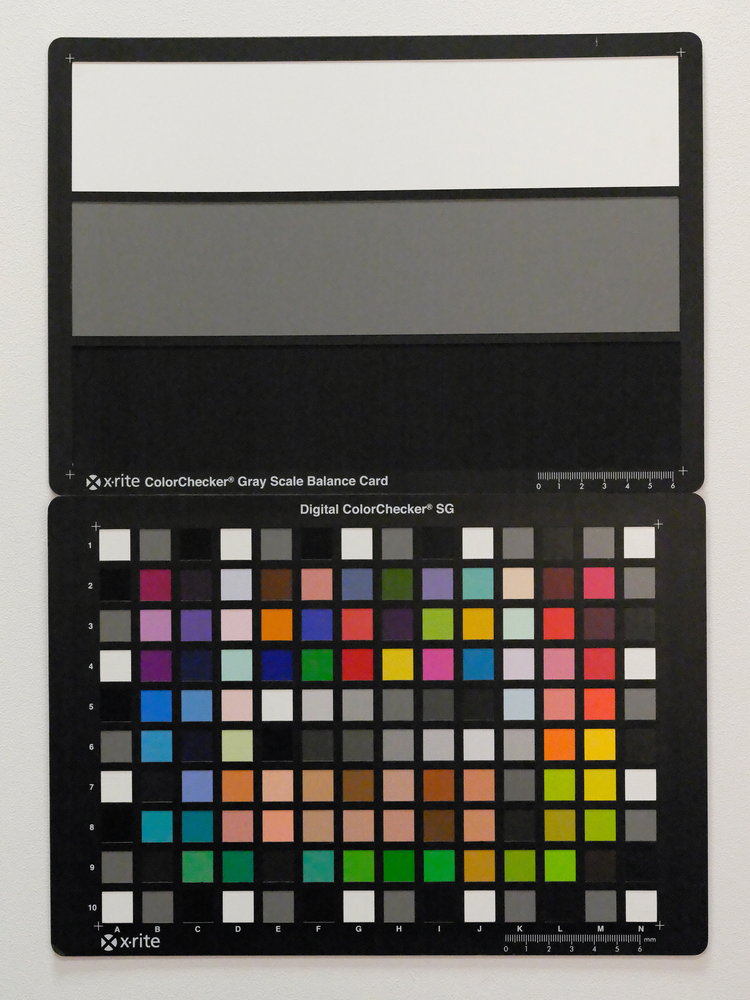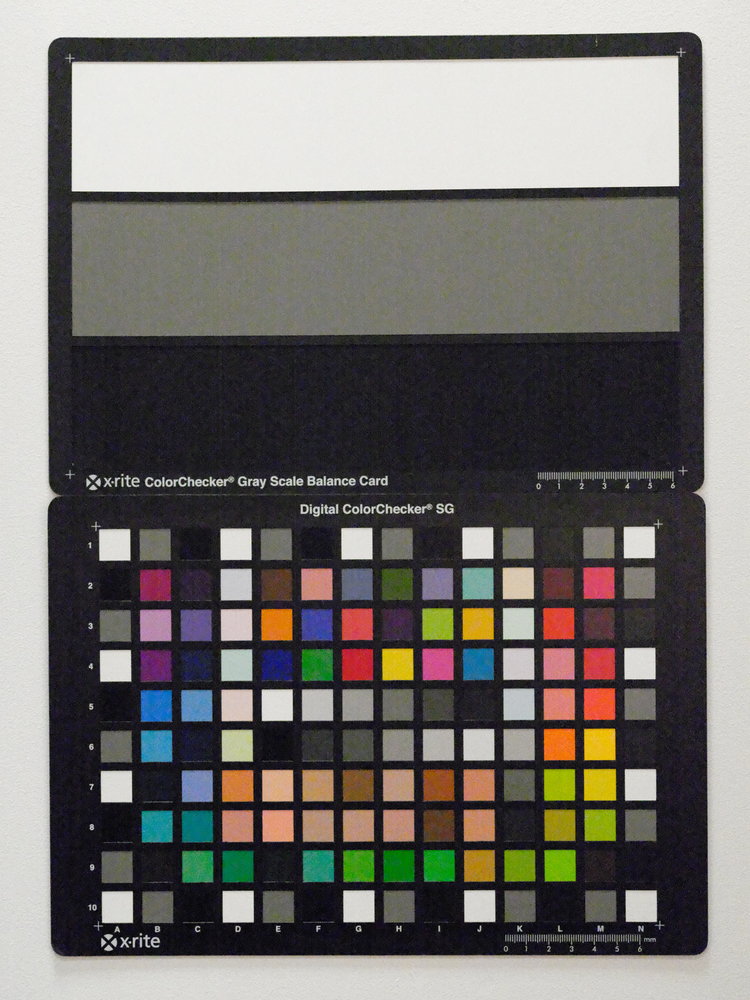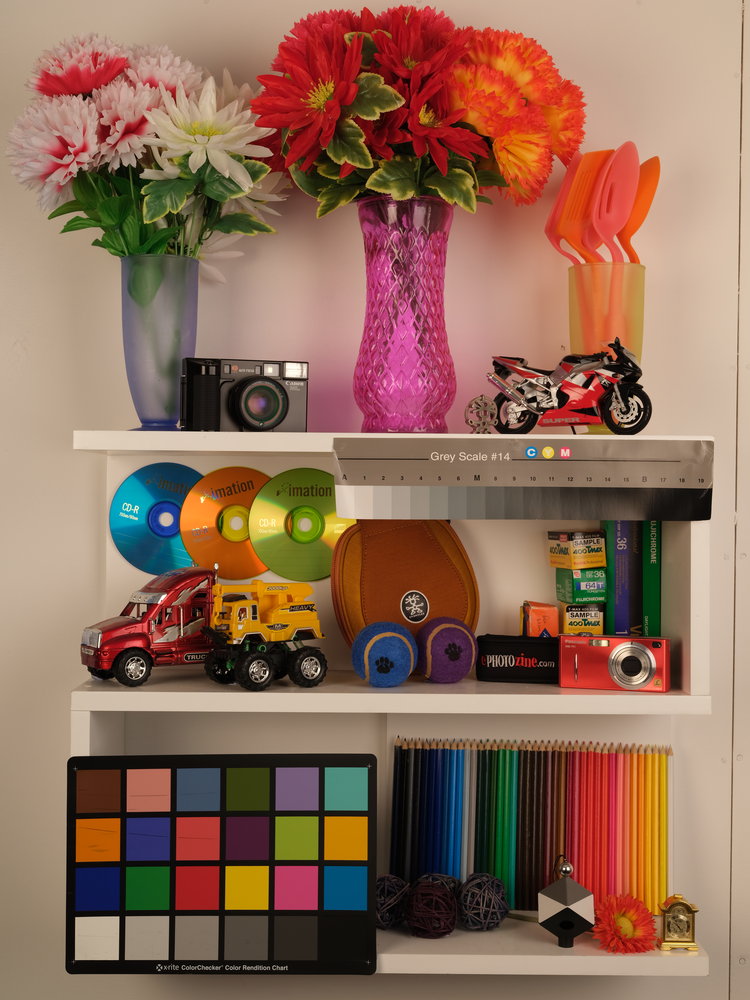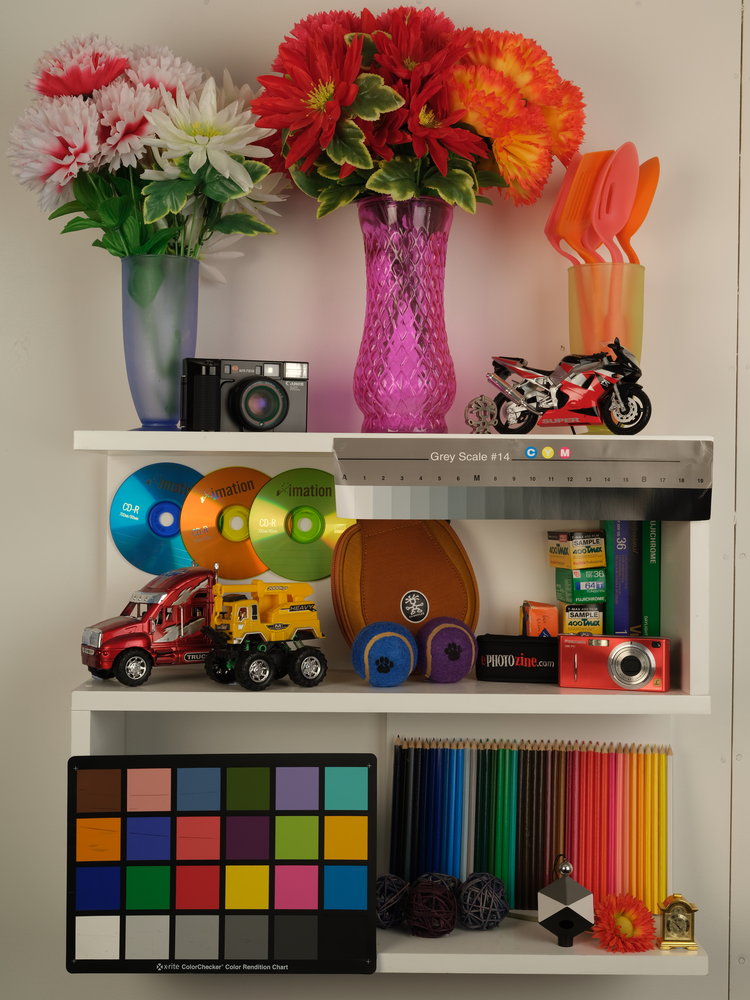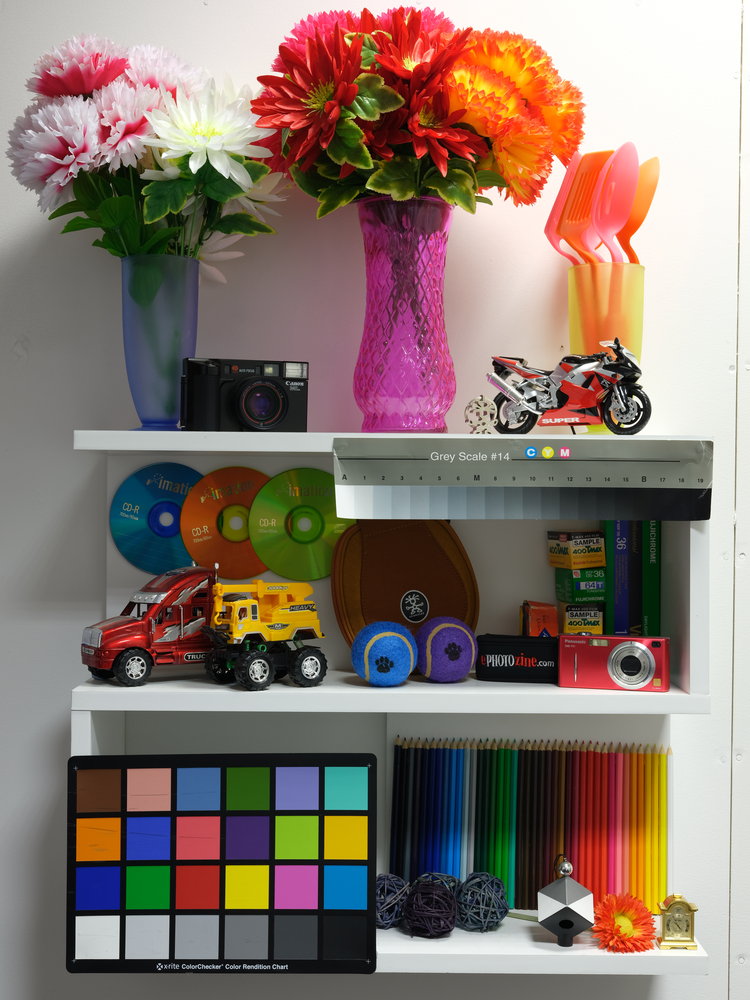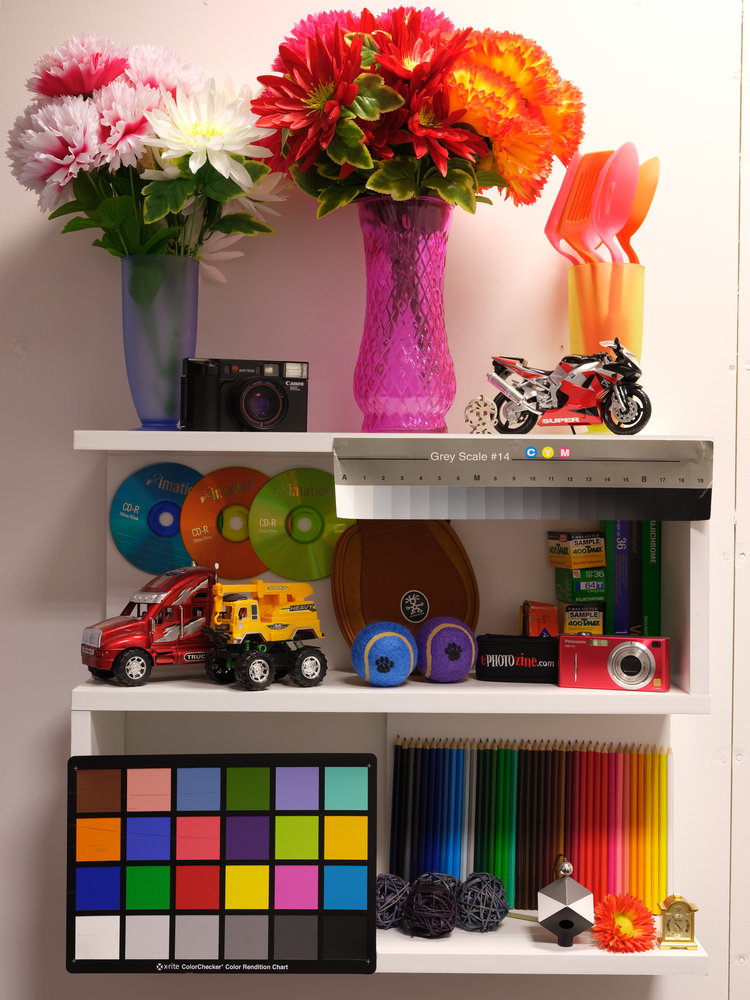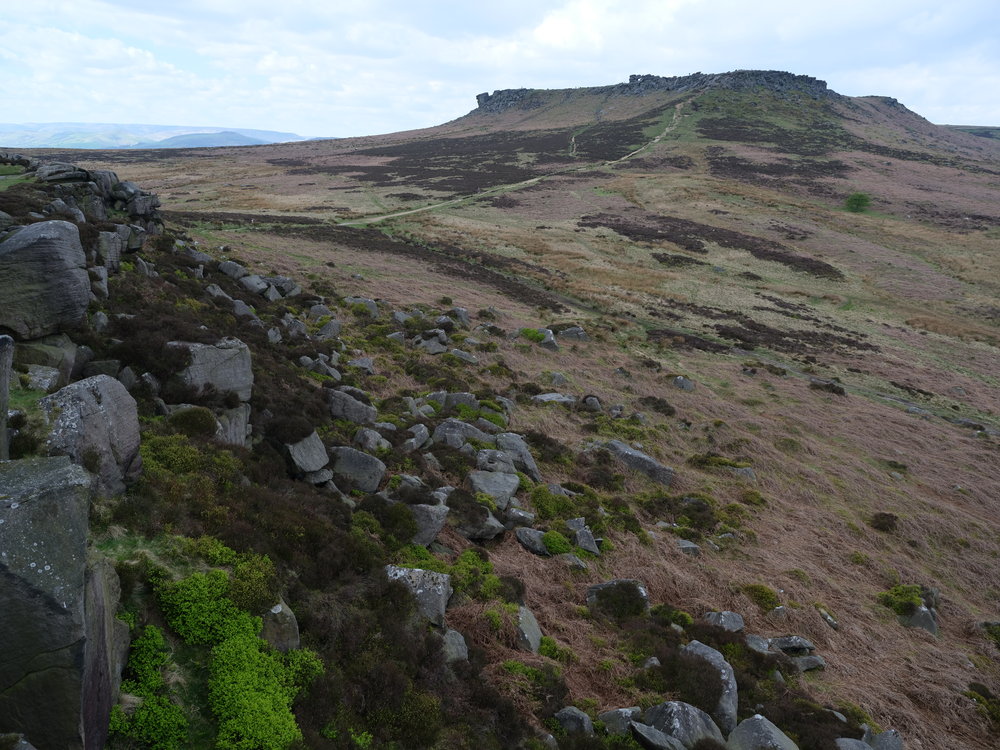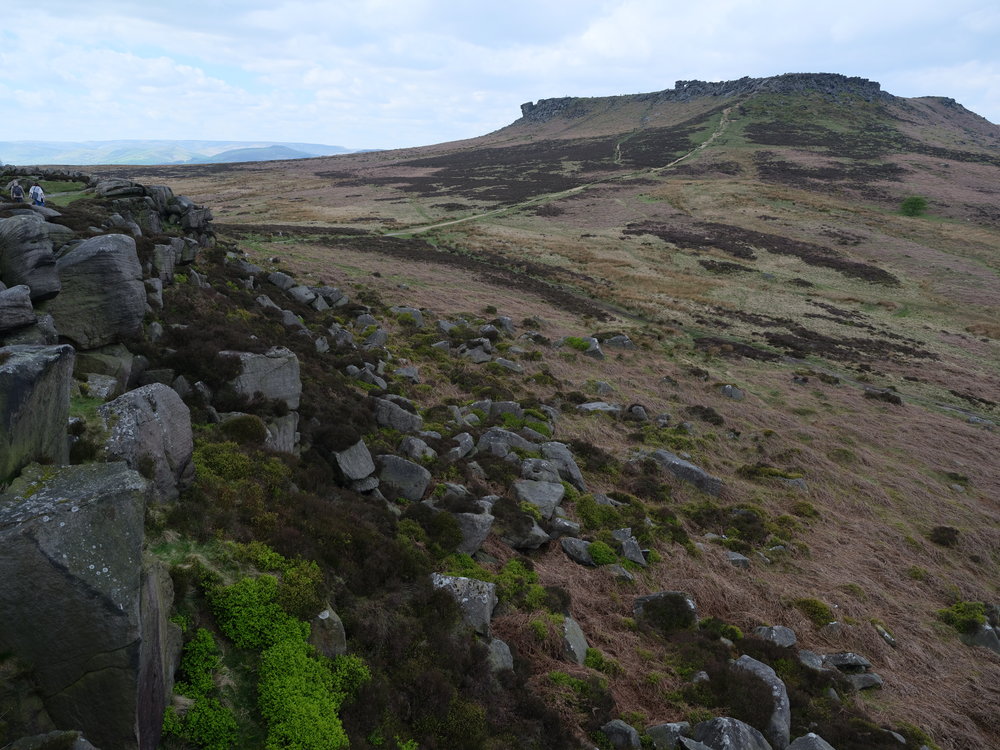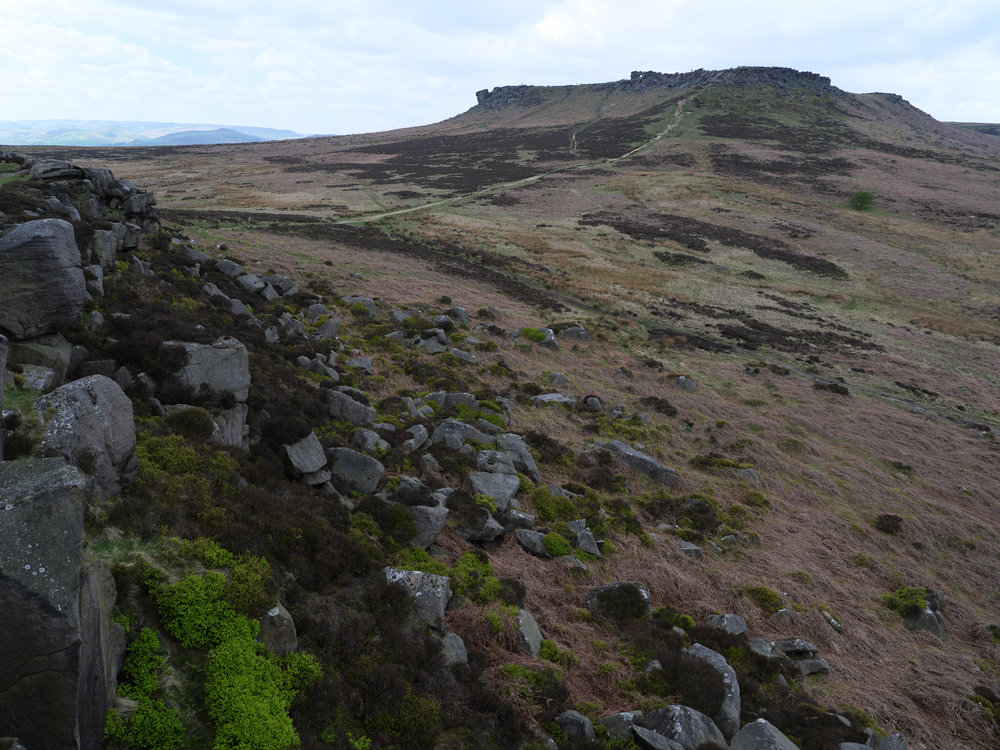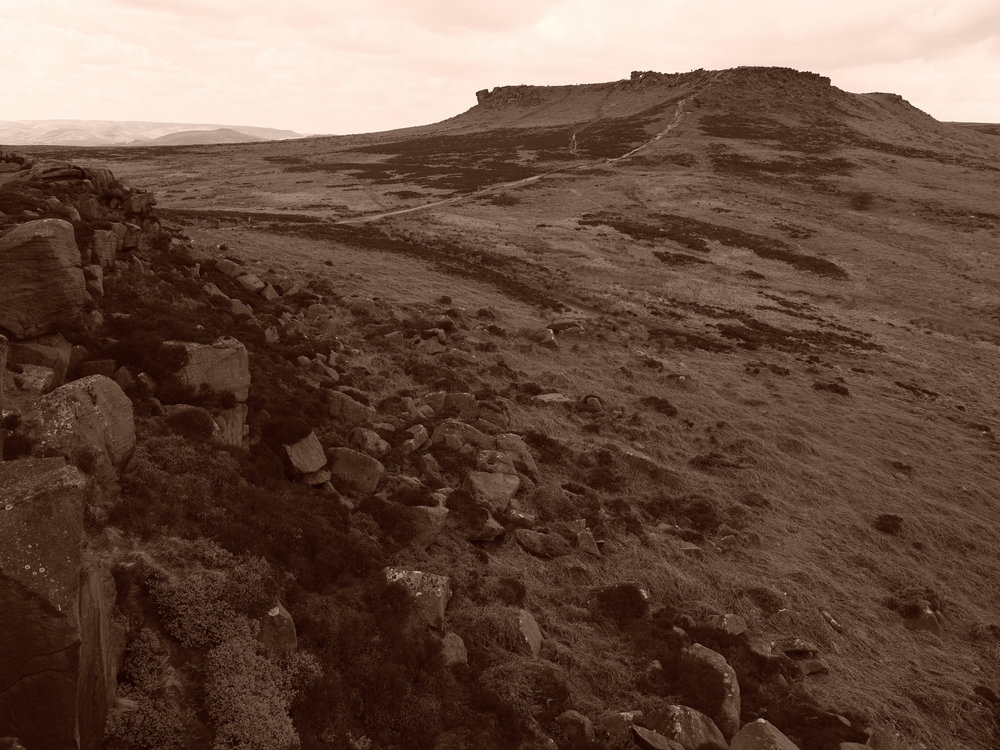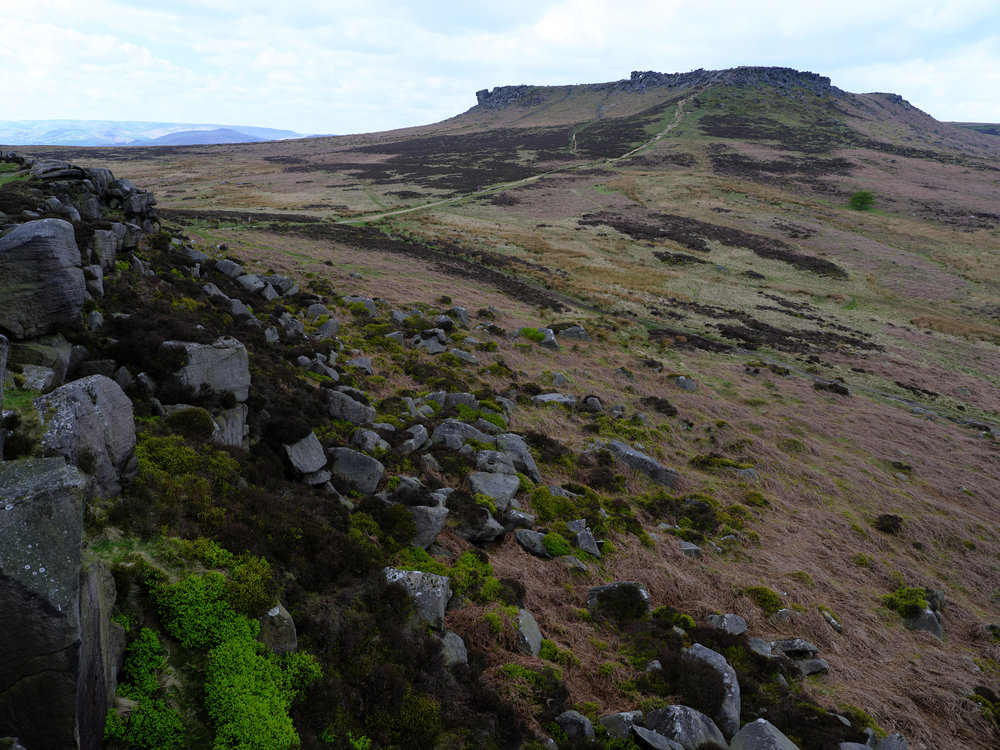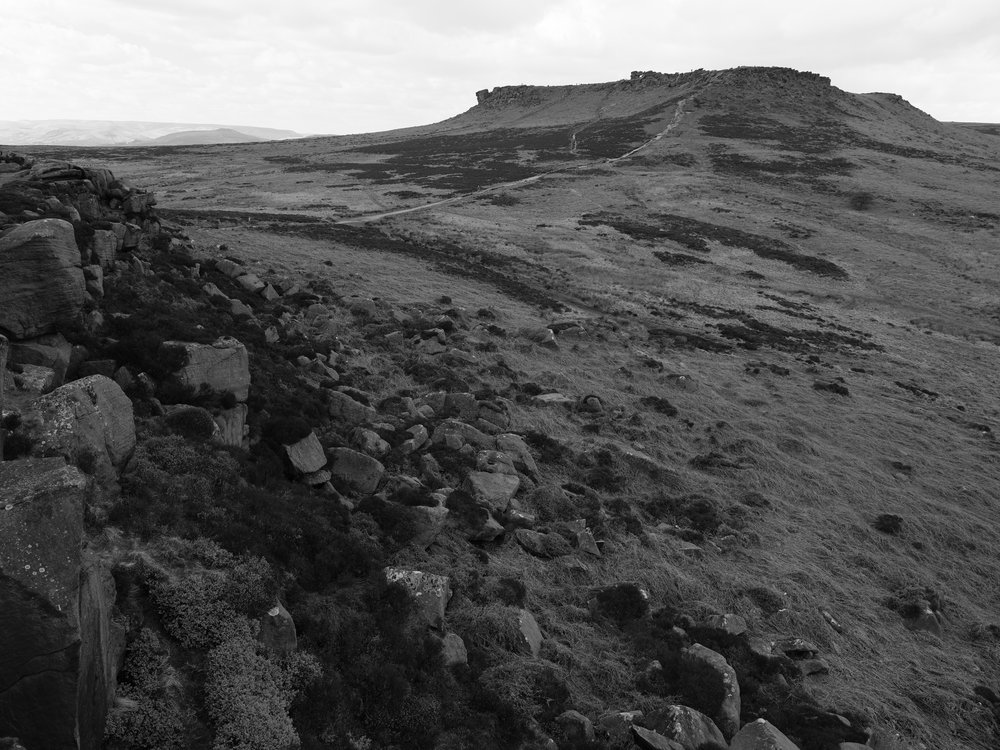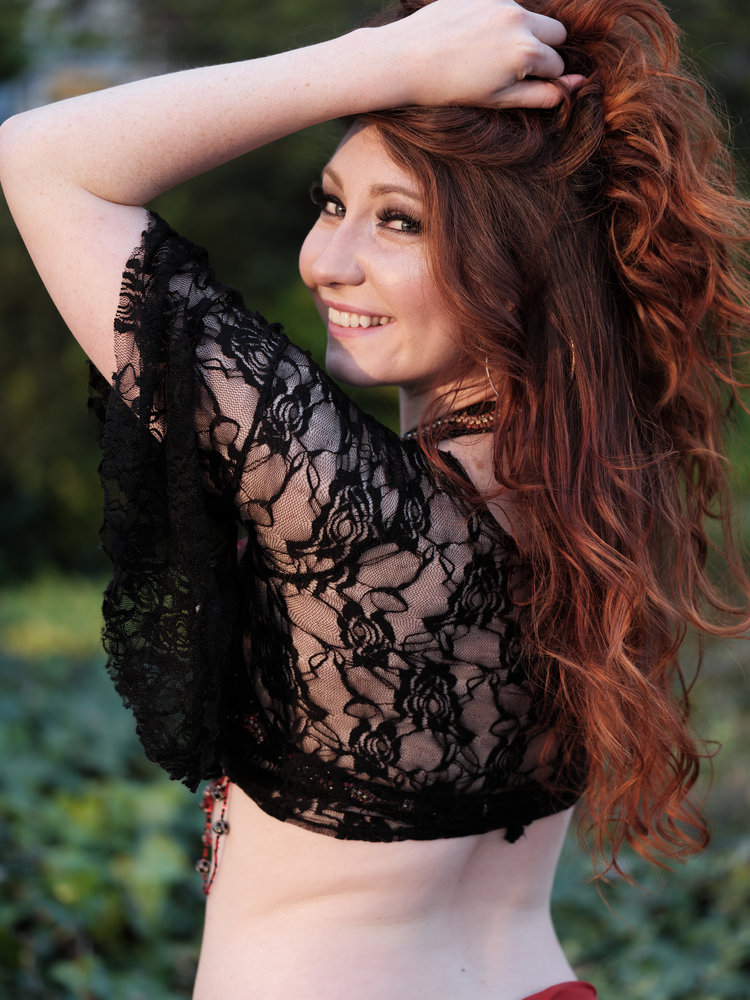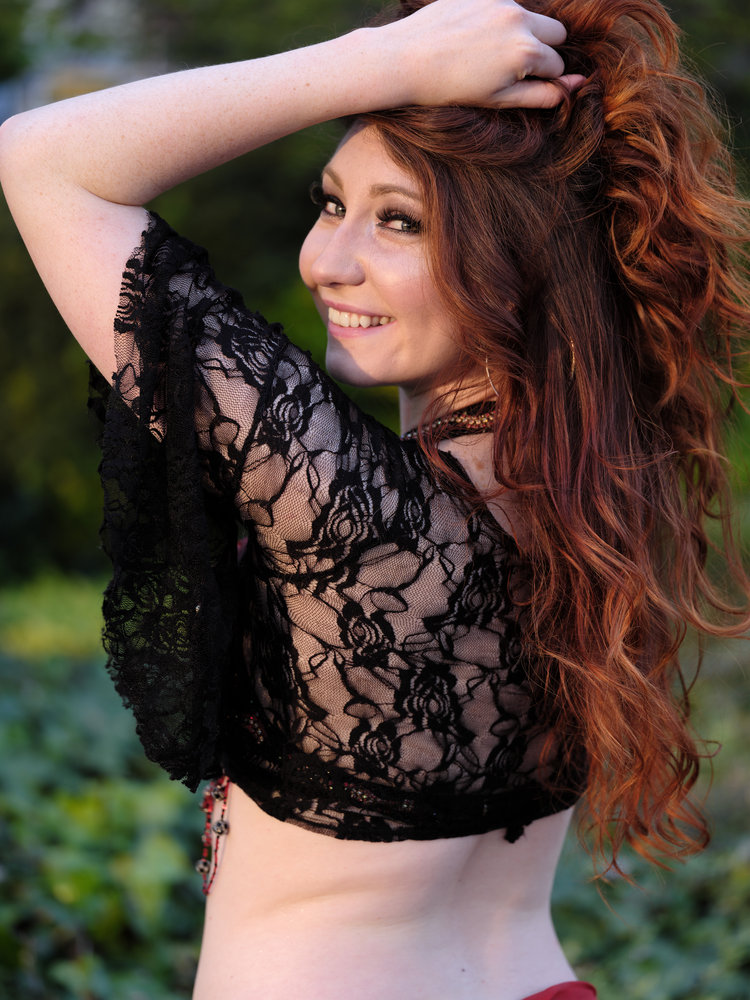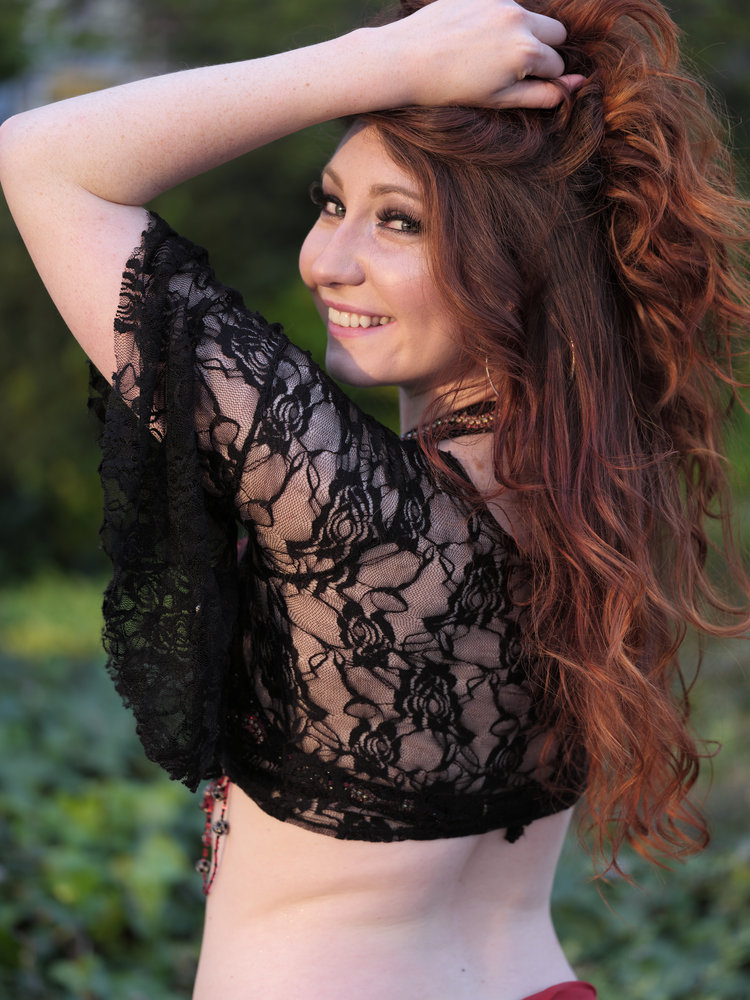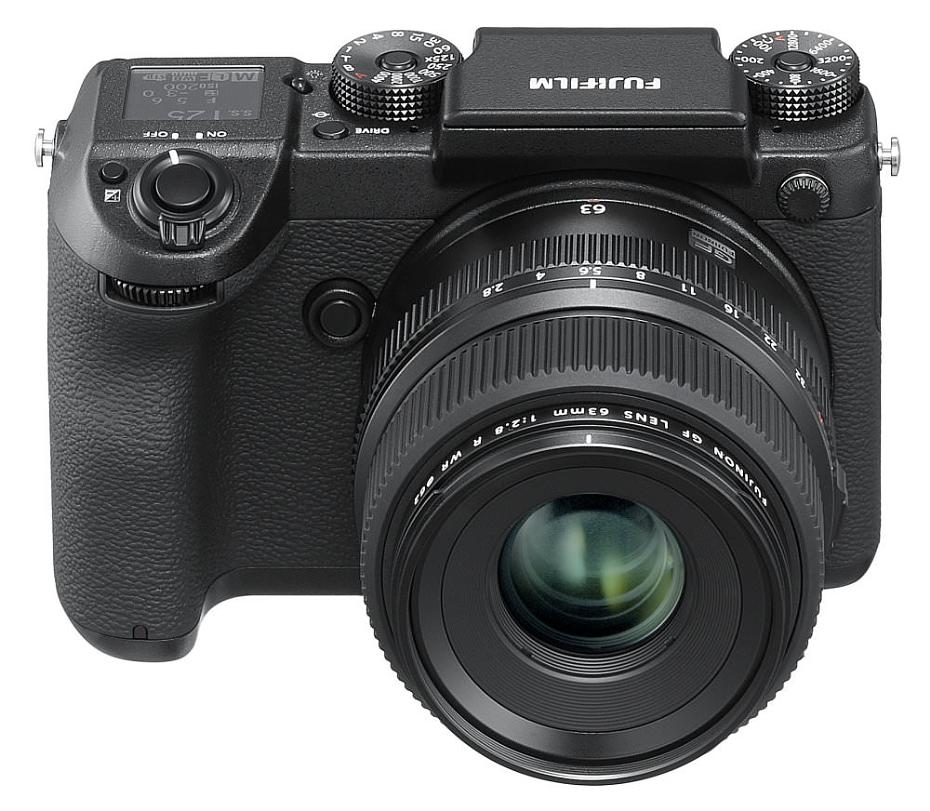
Fujifilm’s GFX 50S has a 51-megapixel medium format CMOS sensor and is a new medium format mirrorless camera system with a weather sealed body and a new Fujifilm G lens mount. Fujifilm announced the new camera at Photokina 2016, and the camera is now available with an RRP of £7600 (with lens) or £6199 without a lens.
Fujifilm GFX 50S Features
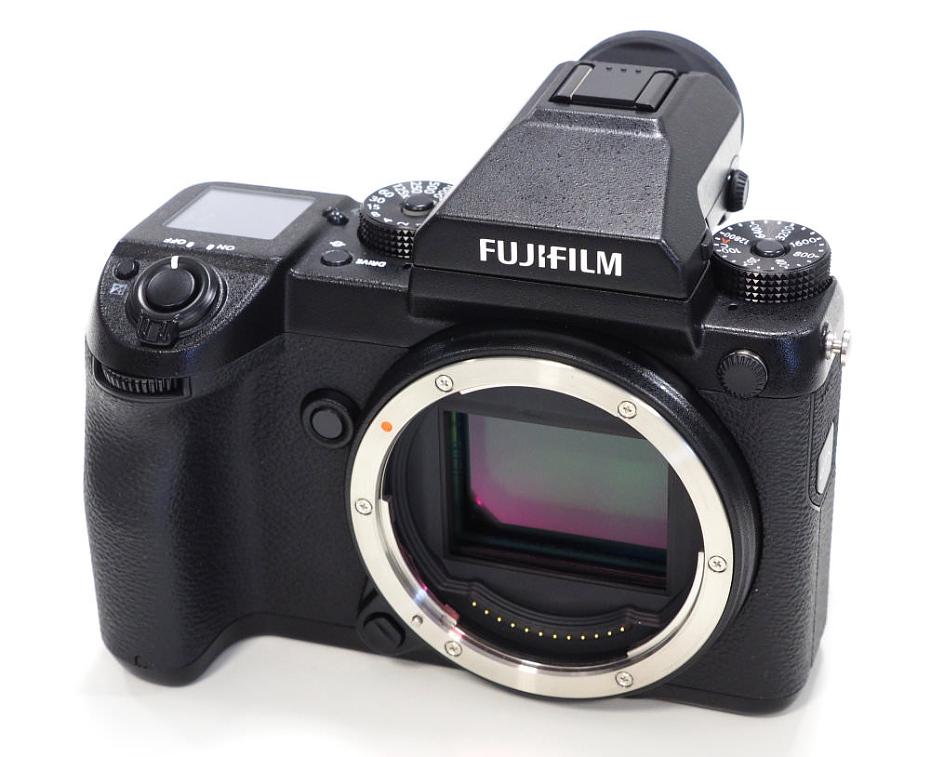
Designed to give the option of a more compact medium format camera, the Fujifilm GFX 50S lets you use it with or without the electronic viewfinder. The camera has been designed with good ergonomics in mind, with a deep grip at the front, a thumb grip at the rear, and a slight slope at the bottom of the camera, to ensure a good grip. By incorporating the shutter into the camera body, Fujifilm says they are able to make their lenses smaller. They also plan to make it possible to shoot with leaf-shutter lenses.
Weather-sealed magnesium alloy body. The lenses are also weather sealed, and resistant to dust, water and low temperatures, with a brass lens mount construction.
The GFX is roughly the same size as a full-frame Digital SLR, and gives side access to the battery and memory card compartments, even when you have the camera attached to a tripod. This will be particularly useful for when using the camera in a studio tethered.
Fujifilm say that the medium format sensor has been customised for Fujifilm, with improved micro lens shape, and an optimised silicon process.
The 51.4mp medium-format sensor offers a native ISO of ISO100 to ISO12800, with 14-stops of dynamic range, and 14-bit RAW. The ISO range can be extended to ISO50, all the way up to ISO102400. The medium format sensor offers larger pixels than most smaller sensors, with pixels that are 5.3 microns in size, which should mean better dynamic range, as well as better low light performance (than a sensor with smaller pixels).
The camera has a 1/4000sec mechanical shutter, as well as the option to use shutter speeds up to 1/16000sec electronic shutter. The shutter is rated up to 150,000 shots. The lenses feature an aperture ring, with A for automatic, as well as C (Command Dial) so that you can adjust the aperture speed from the camera body.
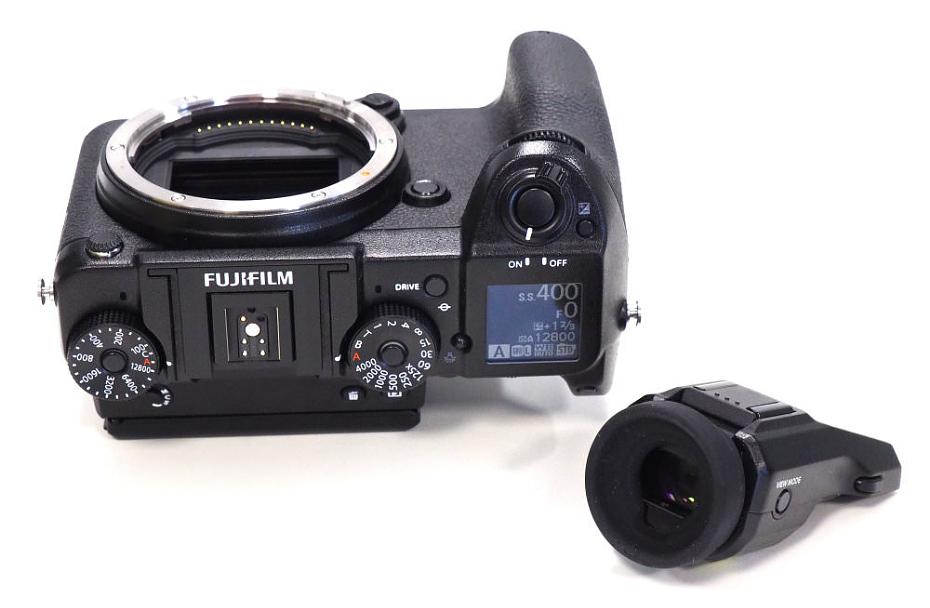
On the back is a 3.2inch touch-screen, with a high resolution of 2360K dots. The screen can tilt up and down, as well as a third direction, for use in portrait mode. There is a detachable 3.69m dot OLED electronic viewfinder (EVF), with a good magnification of 0.85x. There's a built-in electronic level that you can view in both the screen and EVF.
The camera and optional battery grip are optimised for use vertically as well as horizontally. On top of the camera, you can find mechanical ISO and shutter speed dials. You can use the dials, or alternatively, control the shooting settings using camera controls. The Top LCD display lights up in blue and shows some information even when the camera is switched off.
Built-in Wi-Fi lets you shoot remotely using your smartphone or a tablet, as well as transfer images.
Fujifilm plans to have a total of 6 lenses available in 2017, with additional lenses planned for 2018, as well as various adapters for other lenses, including H Mount Adapter G (Optional) so that you can use Hasselblad H series lenses.
Alternative medium format cameras available, at a similar price point, include:
| Hasselblad X1D 50c | Fujifilm GFX 50S | Pentax 645Z (DSLR) |
| 51.4mp sensor | 51.4mp sensor | 51.4mp sensor |
| ISO100 to ISO25600 | ISO50 to ISO102400* | ISO100 to ISO204800 |
| 1.7-2.3fps continuous | 3fps continuous shooting | 3fps continuous shooting |
| EVF: 2.36m dots | EVF: 3.69m dots, 0.85x | Optical viewfinder, 0.62x |
| 3inch touch-screen, 920K | 3.2inch touch-screen, 2360K | 3.2inch, 1037K |
| FullHD video, 25fps | FullHD, 30, 25, 24, 23.9fps | FullHD video |
| 150.4 x 98.1 x 71.4mm | 147.5 x 94.2 x 91.4mm | 156 x 117 x 123mm |
| Weight 725g with battery | 825g with battery and card | 1550g with battery and SD |
| Not specified | 400 shots | 650 shots |
| Price £7788 body only | Price £6199 body only | Price £6599 body only |
* Extended
The Hasselblad X1D has the smallest camera body due to using lenses with a built-in shutter, rather than the shutter being built into the camera body, on the GFX 50S and 645Z, however, this does limit the fastest shutter speed of the X1D 50c to 1/2000sec.
Fujifilm cameras feature Fuji film modes (get it?) including Provia (Standard), Velvia (Vivid), Astia (Soft), Classic Chrome, Pro Neg Hi, Pro Neg Standard, Black and White, Black and White (+ filters), Sepia, Acros, and Acros (+ filters). The drive button lets you switch between the drive modes, including single, continuous, bracketing, multiple exposure, as well as the video recording mode.
The GFX 50S records FullHD video at a resolution of 1080p, with 29.97/25/24 and 23.98fps available, with the camera recording stereo sound with built-in microphones. There are microphone and headphone sockets, as well as HDMI out.
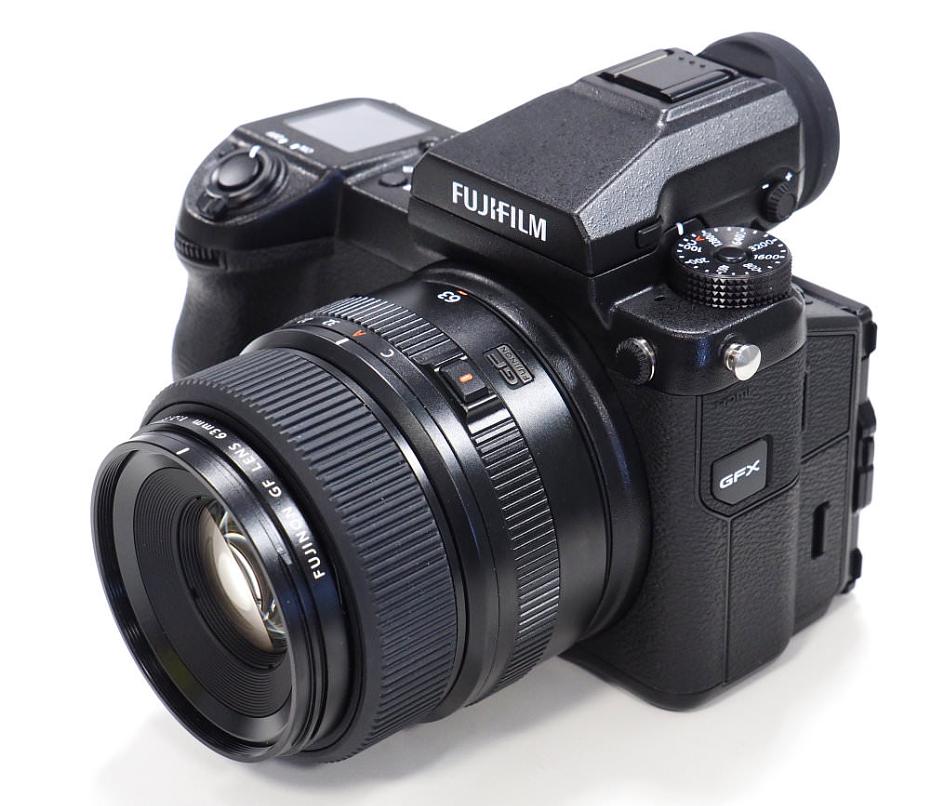
Key Features
- 51.4-megapixel medium format CMOS sensor
- 43.8 × 32.9mm sensor, 5.3micron pixel size
- X Processor Pro image processor
- Fujifilm G lens mount
- ISO50 to ISO102400 (Extended)
- 1/4000s shutter speed, 1/125s flash sync
- 15 types of Film Simulation
- Multiple aspect ratio options: 4:3 (default, 51.4mp), 3:2 45.4mp, 1:1 38.3mp, 5:4 48mp, 7:6 48mp, 16:9 38.3mp, and 6:17
- Weather and dust resistant system
- 3.2inch touch-screen, 2.36m dots, tilts up/down as well as vertically
- Interchangeable electronic viewfinder (EVF), 3.69m dots, 0.85x magnification
- Top LCD screen
- FullHD video recording, stereo mics
Fujifilm GFX 50S Handling

The Fujifilm GFX 50S feels extremely solid, with a weather-sealed magnesium alloy metal body. The dials are made from metal and feel good. It’s what you want when you’ve spent this amount of money on a camera. The grip is large, with a good rubber grip, and the camera feels good in the hand. The camera is noticeably large compared to most FF DSLR or APS-C DSLR cameras, particularly as the screen sits on a large box that sticks out the back of the camera. The camera’s much smaller than most medium format cameras, apart from the Hasselblad X1D, which is impressively small in comparison.
The side access to the battery compartment is a little different to the usual location you expect to find on other cameras. However, this makes it possible to change the battery when the camera is mounted on a tripod. You also have side access to the camera’s ports, as well as the dual memory card slots (on the right-hand side).
The Fujifilm GFX 50S weighs 825g with battery and memory card, or 920g with the EVF attached. When considering the weight of the system, it's worthwhile looking at the weight of the lenses that you'll be using with the camera, as medium format lenses will be noticeably larger than DSLR lenses in general.
The 120mm f/4 Macro lens, with optical image stabilisation (OIS), weighs 980g, the 63mm f/2.8 R WR weights 405g, and is one of the smallest currently available, and the 32-64mm f/4 lens weighs 875g.
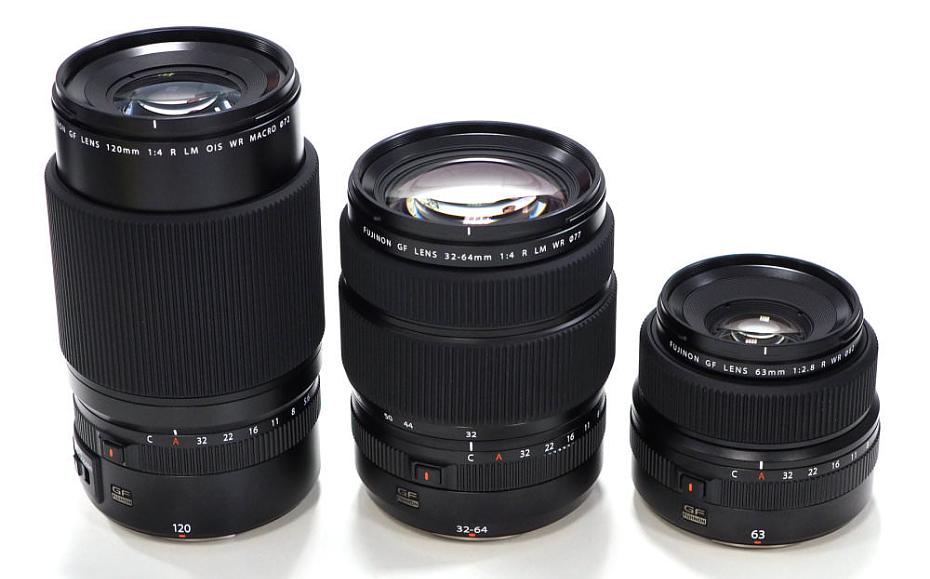
You can set the focus position using the touch-screen, or the joystick on the back. The focus point can be set to almost any point on the screen, into the far corners, but not to the very edge. There are 117 or 425 focus points selectable. The camera uses contrast detection focus, with face and eye detection AF. The camera also features focus peaking, and up to 16.7x magnification to assist manual focus.
The top ISO speed dial on the left features a central lock button, which needs to be pressed down to lock, and released to turn it, and features an A (Automatic) setting, plus a C (Custom) setting. The shutter speed dial works in the same way, with a central lock button, as well as an A setting. There are a number of unlabelled function buttons that can be customised.
The 3.2inch touch-screen looks good with a high resolution of 2.36m dots and tilts up and down, as well as vertically, which is extremely useful if you’re shooting with the camera mounted on a tripod, and shooting portrait (orientation) shots. The screen colours mostly match the electronic viewfinder (EVF), although the EVF does appear slightly more saturated. The EVF features a sensor so that it will automatically switch between the EVF and screen when needed. The top LCD gives a quick view of camera settings, and what’s shown can be customised. By default, this has a blue background, but can be illuminated giving a white background.
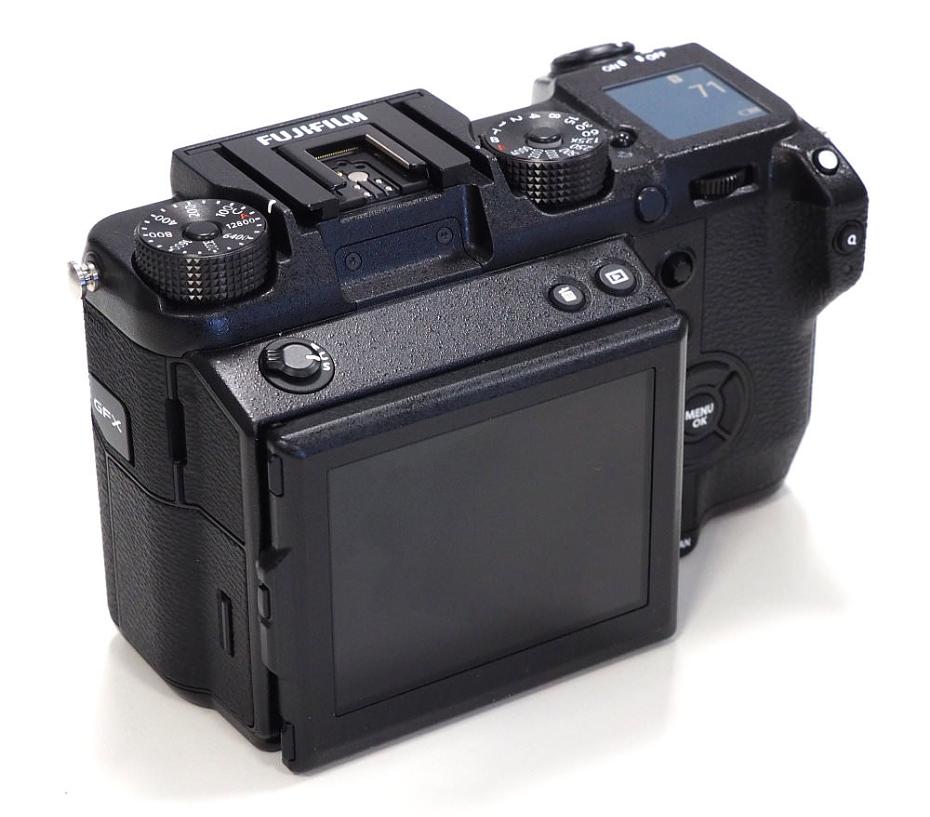
The menus are well laid out, and logical, with each section being clearly defined, and colour coded, there is movie section, where you’ll find the video options. The touch-screen makes it easy to change settings in the Q menu and the focus position. The Q button gives you quick access to the most commonly used options, although, for the most part, you shouldn’t need to use the Q button or menus, as the camera gives you direct access to controls, as well as shortcuts to exposure compensation.
Wi-Fi features - The camera has built-in Wi-Fi, which lets you transfer images to your smartphone or tablet, as well as remotely shoot with the camera. You can also use this to add geotag (GPS) information to your photos.

Battery life - Battery life is rated at 400 shots according to Fujifilm/ CIPA test results, which is a little low compared to a Digital SLR. We'd recommend a spare battery.
Fujifilm GFX 50S Performance
The performance section is where we look at the image quality performance of the camera. Additional sample photos and product shots are available in the Equipment Database, where you can add your own review, photos and product ratings.
Speed - We took a number of shots to test the camera's responsiveness, from switch on to first photo, shot to shot, focusing speed etc. We take a number of shots and then use the average to ensure accurate and consistent tests, making it easy to compare with other cameras.
| Shutter Response | 0.05secs |
| Wide - Focus / Shutter Response | 0.3secs |
| Full zoom - Focus / Shutter Response | 0.3secs |
| - with 63mm lens | 0.4secs |
| - with 120mm lens | 0.3secs |
| Switch on Time to Taking a Photo | 1.0secs |
| Shot to Shot without Flash | 0.8secs |
| Shot to Shot with Flash | N/A |
| Continuous Shooting - JPEG (shots before slow down) |
3fps (8 shots before slowdown) |
| Continuous Shooting - Flash | N/A |
| Continuous Shooting - RAW | 3fps (4 shots before slowdown) |
The camera slows to 2fps after 8 shots shooting JPEG, or 4 shots when shooting raw.
Fujifilm GFX 50S Sample Photos
Fujifilm GFX 50S Other sample images
Sample Photos - Colour reproduction is excellent with strong colour saturation, with the camera producing JPEG results that pop straight from the camera. Exposure and dynamic range are both very good, although you can expand the dynamic range recorded, by adjusting the DR options, with AUTO, DR100%, 200% and 400% options. There are options to adjust the colour, sharpness, highlight tone, shadow tone, and noise reduction. JPEG images are roughly 25mb in size, and raw images (uncompressed) are around 111mb in size, so a large and fast memory card is recommended. The camera produced some excellent results in every environment and situation that we used to shoot with it, whether that was in a studio, in low-light, or out in the Peak District. Face and eye detection also help with portrait shoots.
Fujifilm GFX 50S Lens test images
Lens Performance - Detail is stunning, outstanding, phenomenal, and simply breath-taking from the 63mm f/2.8 prime lens, with excellent sharpness from the centre of the frame right to the edges. The 120mm macro lens also performs extremely well, with sharp and detailed images produced, and smooth bokeh when shooting close up images. Optical image stabilisation provided by the lens helped keep the viewfinder image steady and helps with slower shutter speeds. There is excellent sharpness from the centre of the frame to the edges. Images from the 32-64mm lens are very good, although not quite as sharp as the prime lenses.
The camera delivers great results, even when shooting in low-light and using higher ISO speeds. Looking through images we can't find any signs of chromatic aberrations or purple fringing, at all. We struggled to see any examples of lens flare, even when shooting without the provided lens hoods. Distortion is minimal, with no signs of vignetting.
The camera offers "Lens modulation optimiser" which is designed to give sharper images and reduce the effects of diffraction. You can shoot with a mechanical shutter speed up to 1/4000s, with an electronic shutter speed available up to 1/16,000s.
Fujifilm GFX 50S ISO test images
ISO Noise Performance - Noise performance is excellent from ISO50 to ISO6400, and even ISO12800 gives good results, straight from the camera with no further processing required. ISO25600 still gives usable results (depending on your needs), although noise does become more noticeable at this setting. ISO51200 is probably best avoided unless you’re prepared to process the images further. ISO102400 is best avoided as noise becomes high, and image quality is quite poor. There is a drop in dynamic range when shooting at ISO50. Noise reduction options available include +4 and -4, with the default option 0.
Fujifilm GFX 50S White-balance test images
White Balance Performance - Auto White Balance (AWB) gives a warm result under tungsten lighting, and the tungsten preset gives a slightly better result, but results are still warm, and we'd recommend manual white balance for more accurate results. Under mixed light, the camera's AWB performs well, with best results possible under fluorescent lighting. The fluorescent presets are best avoided, as they tend to give a colour cast. Images show more detail than from other 50mp cameras with smaller sensors, such as the Canon EOS 5DS R, as well as the 42mp Sony Alpha A7R II.
Fujifilm GFX 50S Digital filters
Digital Filters - The DR100 and DR200 shots show a noticeable difference in dynamic range recorded, with the sky no longer overexposed in these images. There are a number of film modes available including: Provia (Standard), Velvia (Vivid), Astia (Soft), Classic Chrome, Pro Neg Hi, Pro Neg Standard, Black and White, Black and White (+ Yellow/Red/Green filter), Sepia, Acros, Acros (+ Yellow/Red/Green filter). There are also Grain and Colour Chrome effects with options of strong, weak and off. In-camera raw conversion makes it quick and easy to make changes in camera as well.

Value For Money
The Fujifilm GFX 50S is available for £6199, much less than the Hasselblad X1D (£7788), and Pentax 645Z (£6599). But more than other 50mp DSLRs, such as the Canon EOS 5DS R (around £2899), as well as the 42mp Sony Alpha A7R II (£2499).
If you want the GFX 50S, compared to full-frame cameras, there is a big jump in price. However, compared to other medium format cameras, the GFX 50S is one of the cheapest, less than the X1D, 645Z, and we haven’t yet mentioned other medium format cameras, which start around £22K for a camera like the Hasselblad H6D-50c.
You'll also need to buy a large memory card and a case or bag to keep your camera safe and protected - have a look at our complete guide to camera bags.
Fujifilm GFX 50S Verdict
The Fujifilm GFX 50S makes medium format photography accessible to those previously put off by the size and weight of medium format system cameras. Sure the camera and lenses are still quite big, which is the case with all medium format cameras, due to the sensor size, and therefore the lenses also need to be large to cover the image area. But the Fujifilm GFX 50S is as easy to use as other Fujifilm X-series cameras and the results from the camera are simply fantastic.
The image quality possible is simply breath-taking – noise is extremely well controlled, colour reproduction is excellent, and the camera delivers Fujifilm’s beautiful colours. There’s also Fujifilm’s range of film simulations, so you can have the colour style you want. The GFX 50S makes medium format photography accessible in another way too, in that you don't have to process every raw file to get the best out of it, with the camera producing excellent JPEG images straight from the camera.
Currently, there are three native lenses available for the camera, the 63mm f/2.8 prime, which is compact and delivers exceptional sharpness. The 120mm Macro features OIS and is quite large and heavy, but it gives great close up potential, as well as doubling as a strong portrait lens. There’s the 32-64mm zoom lens, which is also quite large and heavy but gives a good zoom range. Two more lenses are on their way, the 110mm f/2 and 23mm f/4, with more planned on the roadmap.
The electronic viewfinder (EVF) is large and clear, with a high resolution, and you can remove this if you want to make the camera smaller or you can instead use an EVF that tilts. The 3.2inch touchscreen tilts up and down, as well as vertically, which makes it great for if you’re using the camera on a tripod for portrait orientation shots.
The camera body gives you external controls for aperture, shutter, and ISO speed. This makes the camera extremely easy to pick up and start using, and photographers will love the direct access to controls and settings.
Whether you should invest in the Fujifilm GFX 50S camera and system isn’t necessarily a question of whether the camera is good enough or not, it is, without a doubt, an excellent camera, and well worth the money. It makes medium format cameras accessible and delivers exceptional results. If you have the money to spend on a camera like this, then you can’t really go wrong. If you’re in the market for medium format and want to move to another level of image quality then the Fujifilm GFX 50s delivers phenomenal image quality in spades and buckets.
